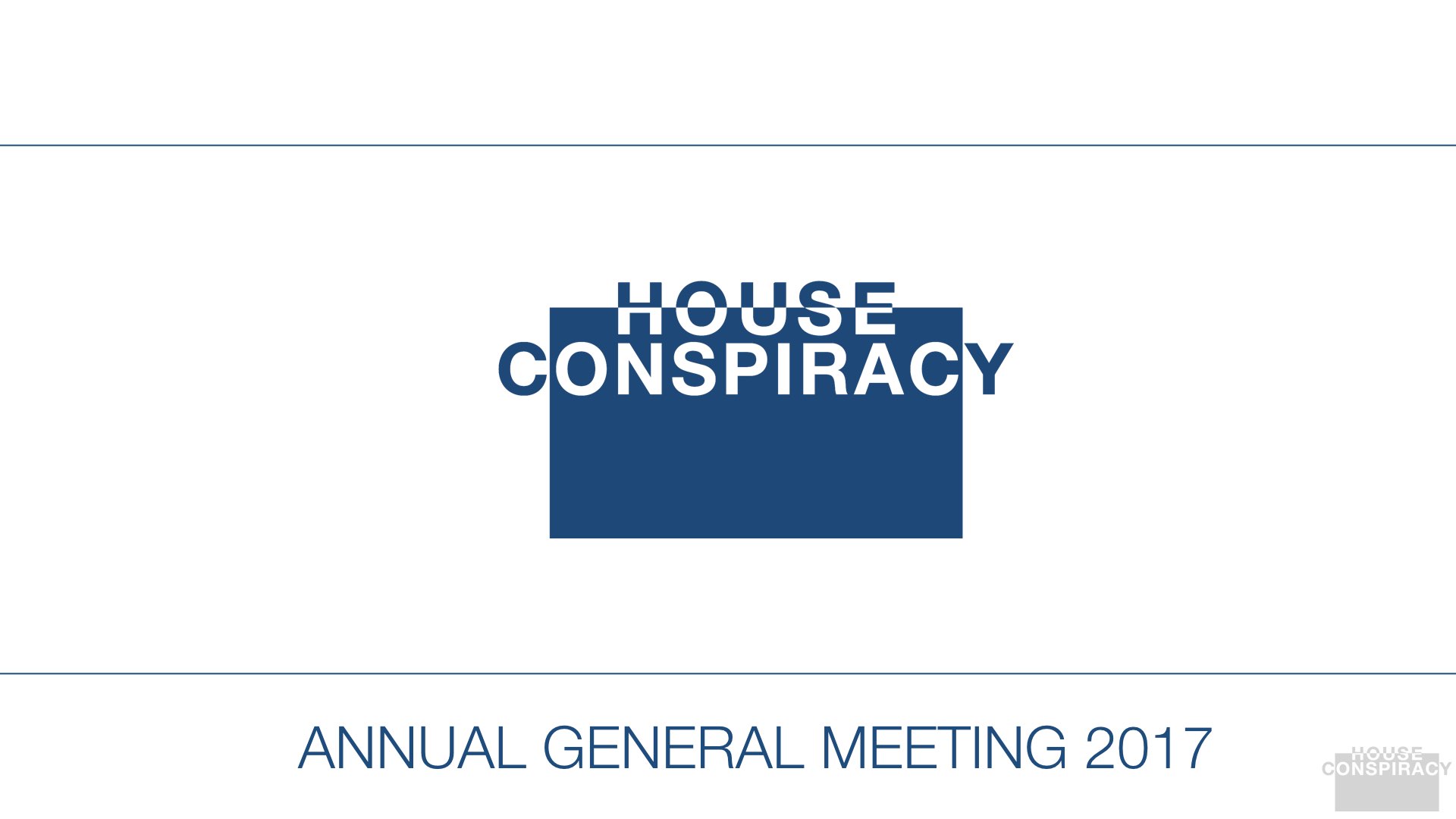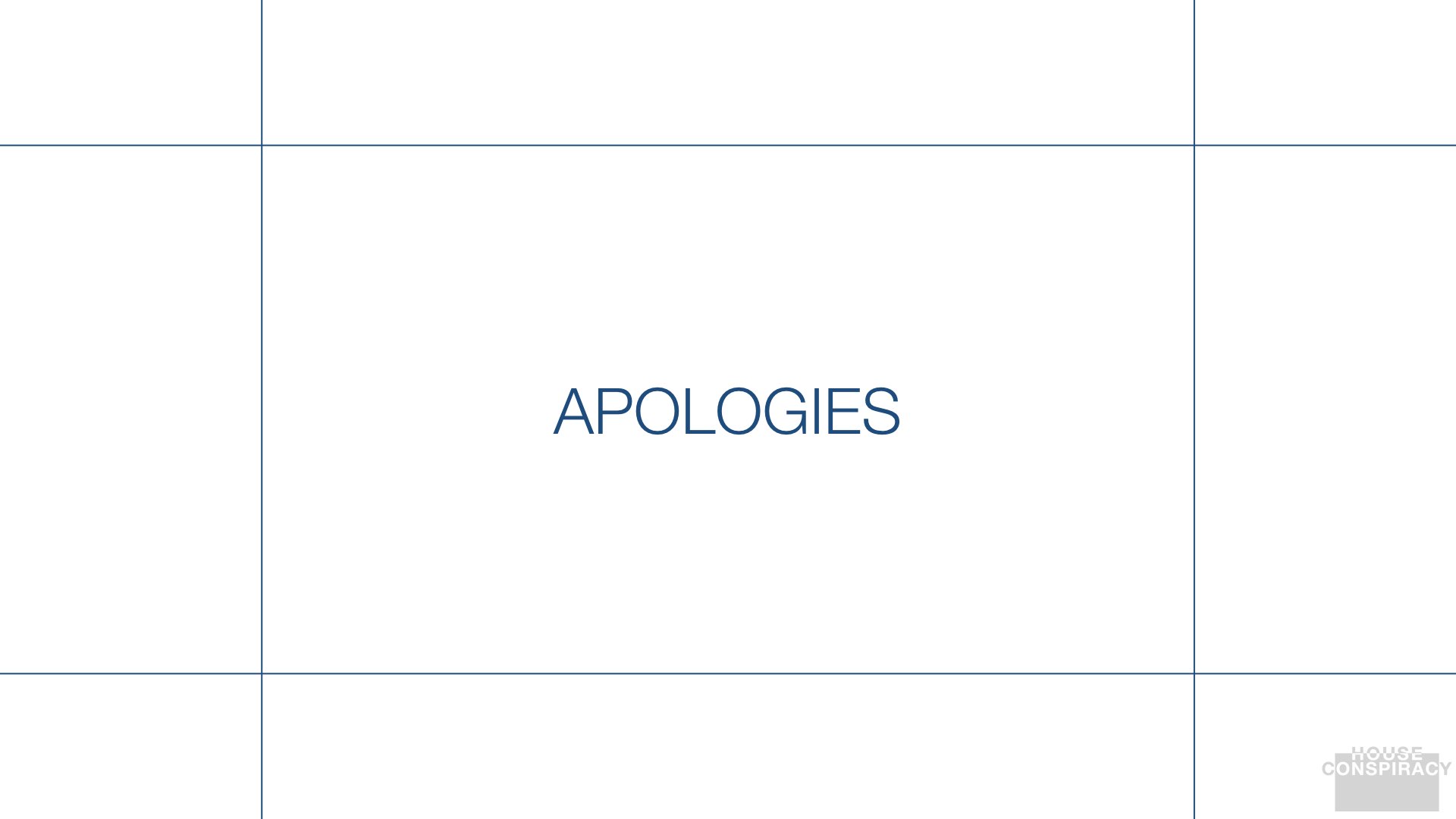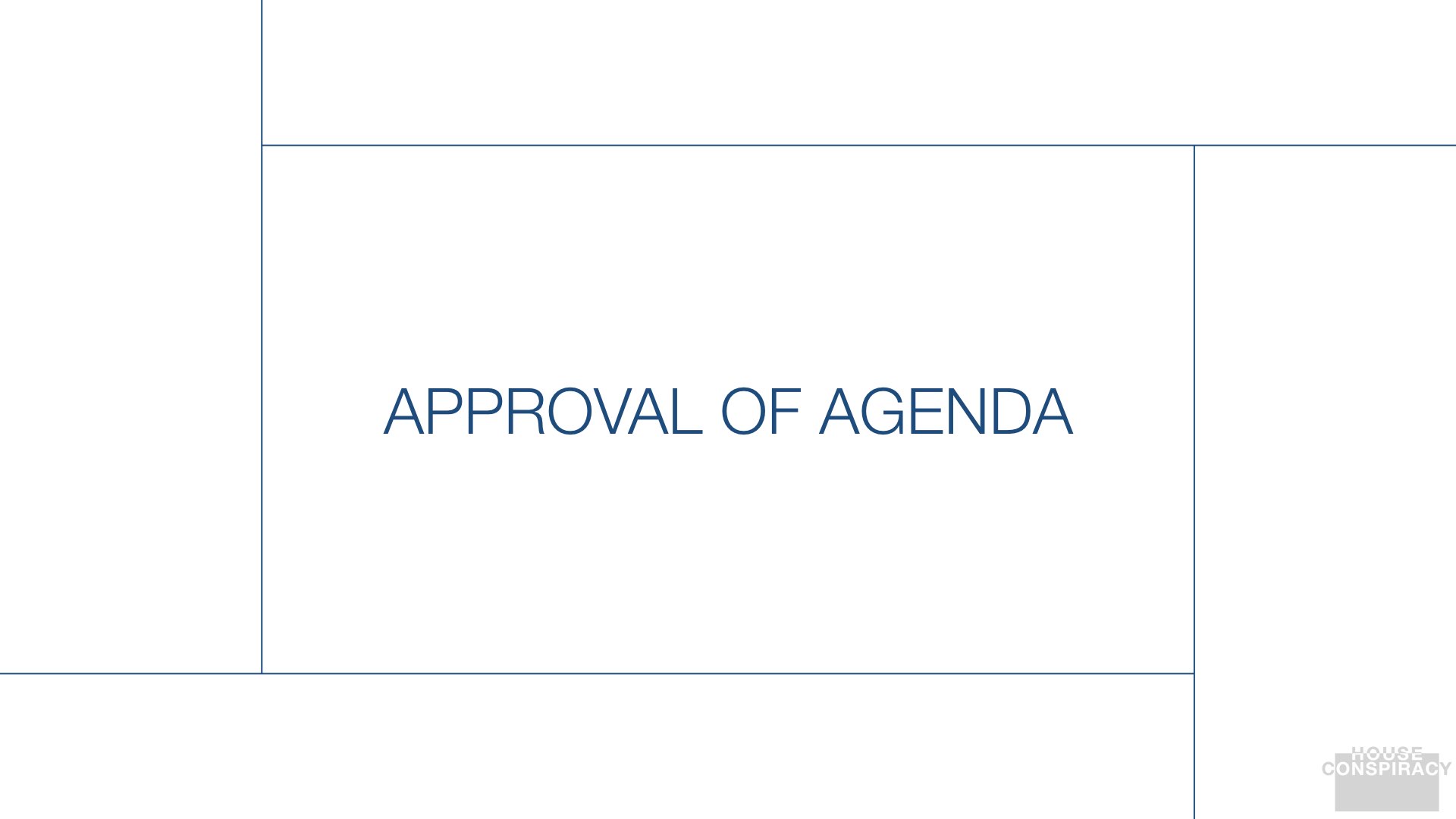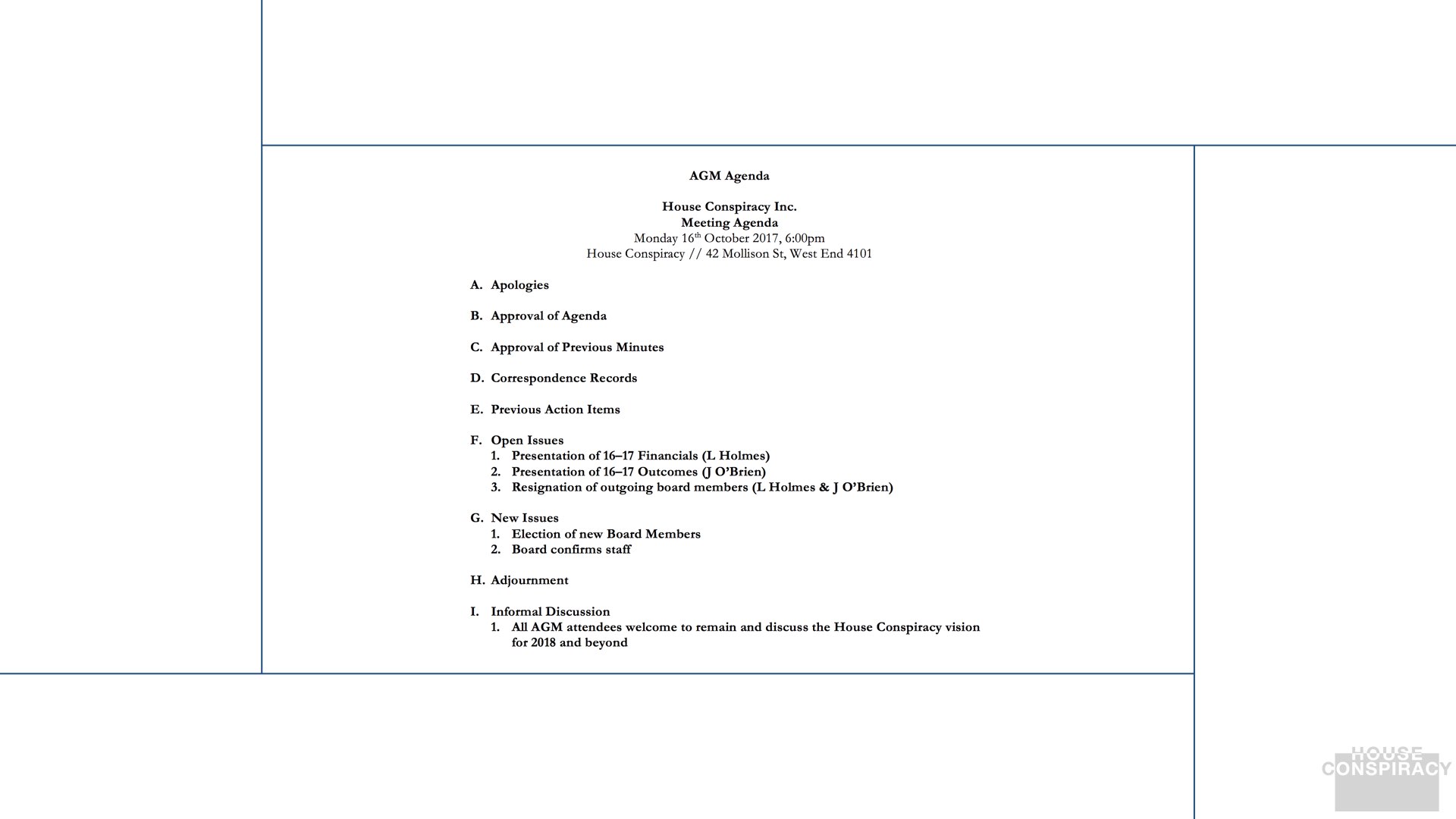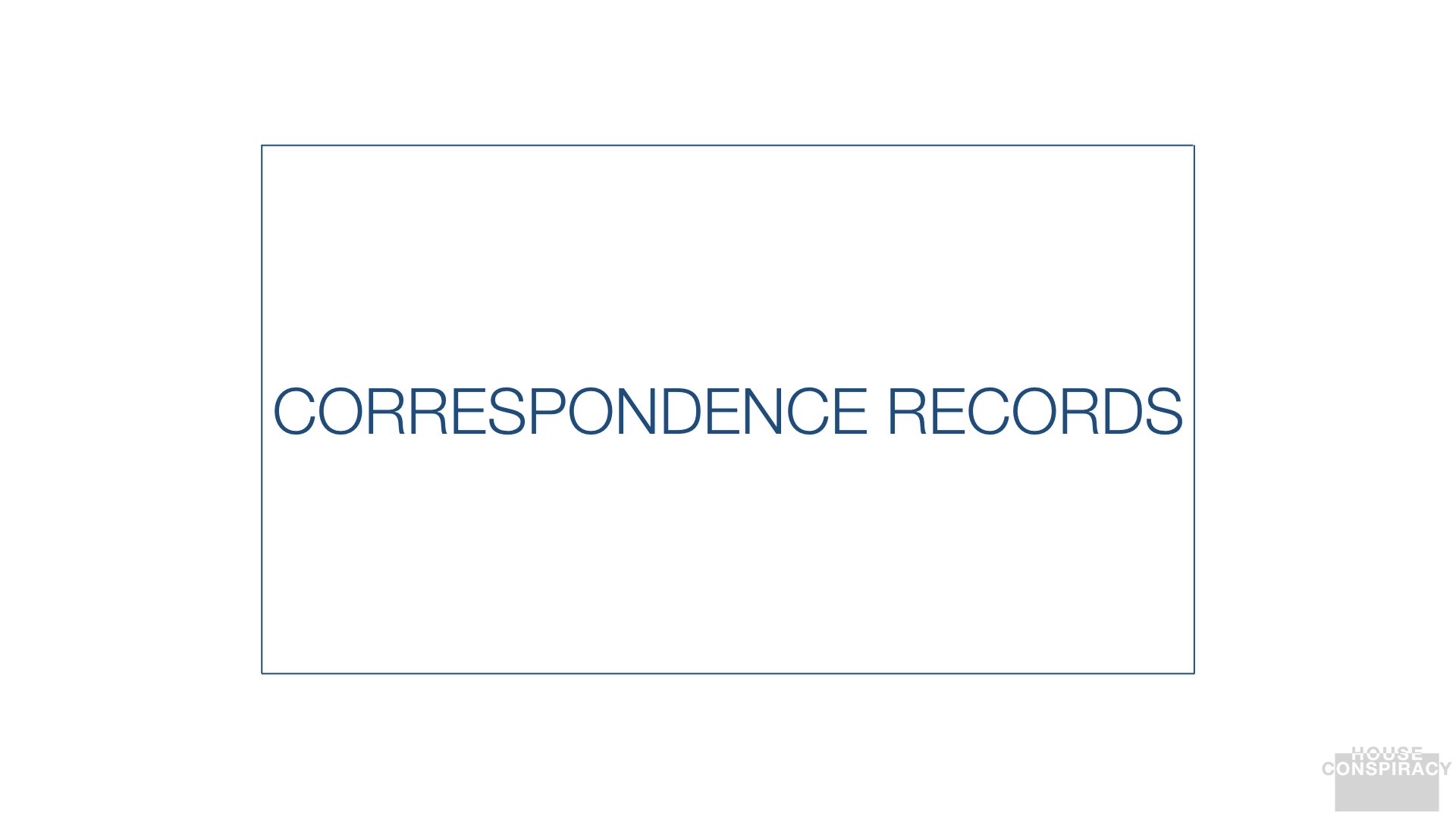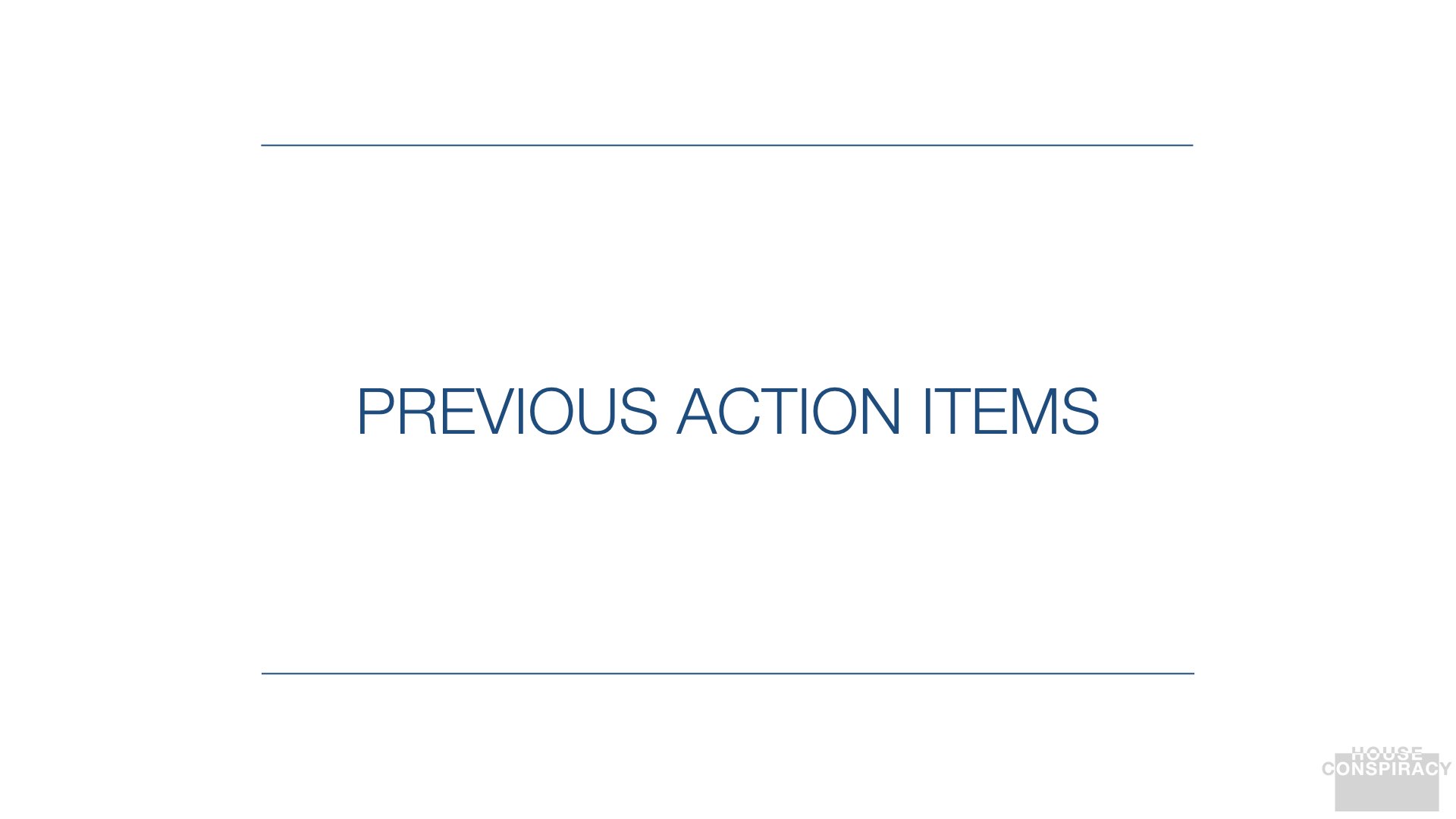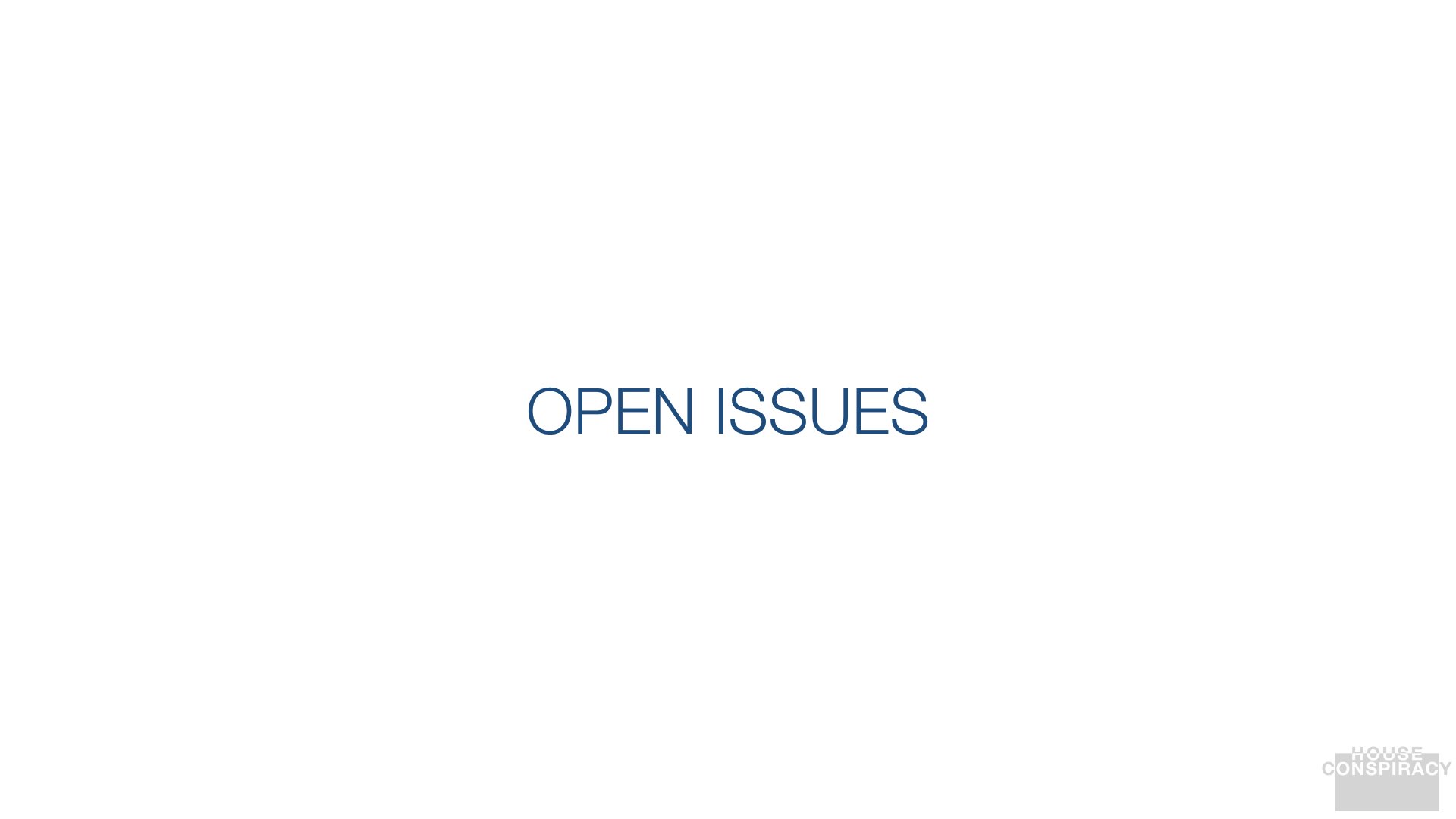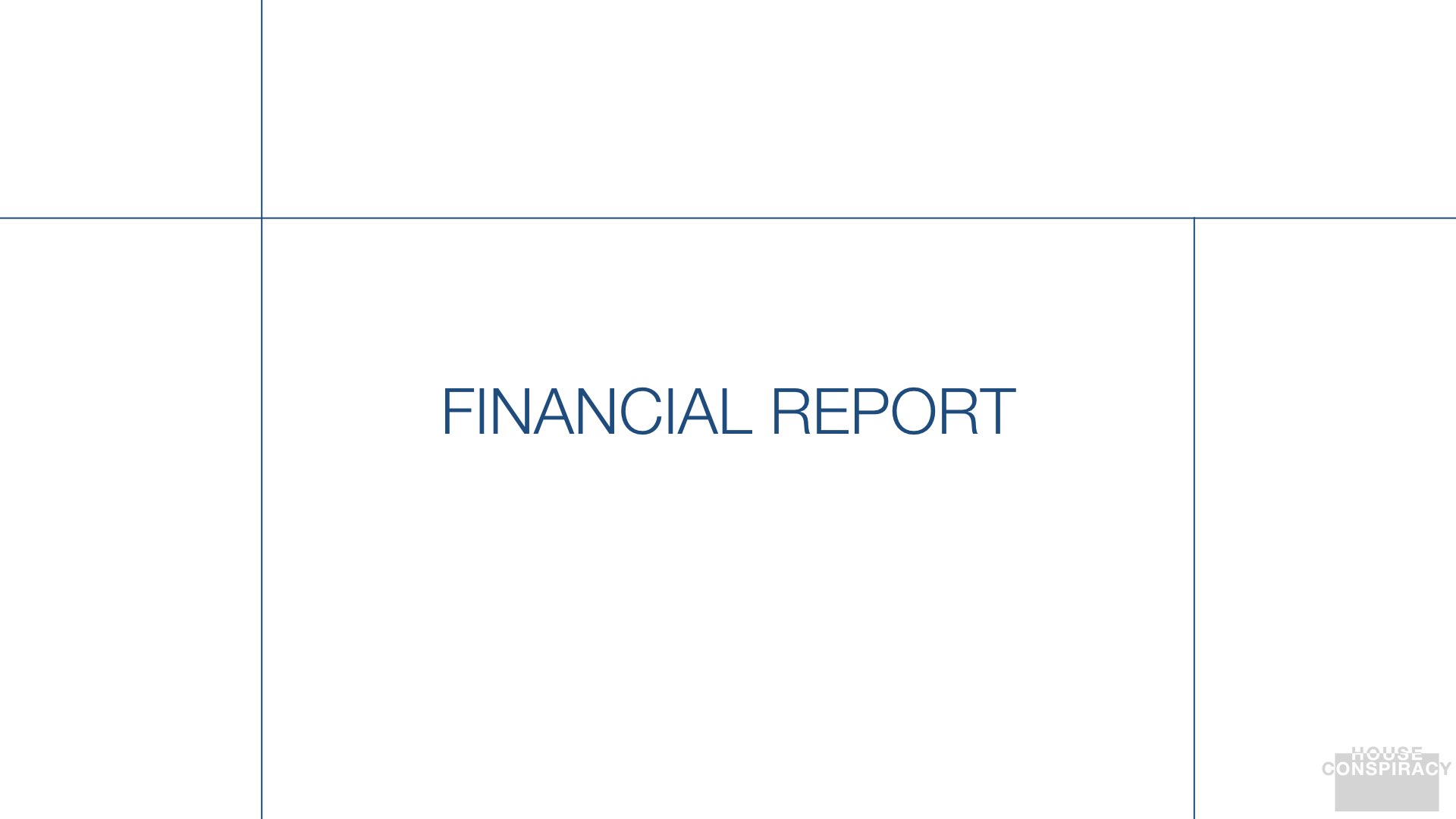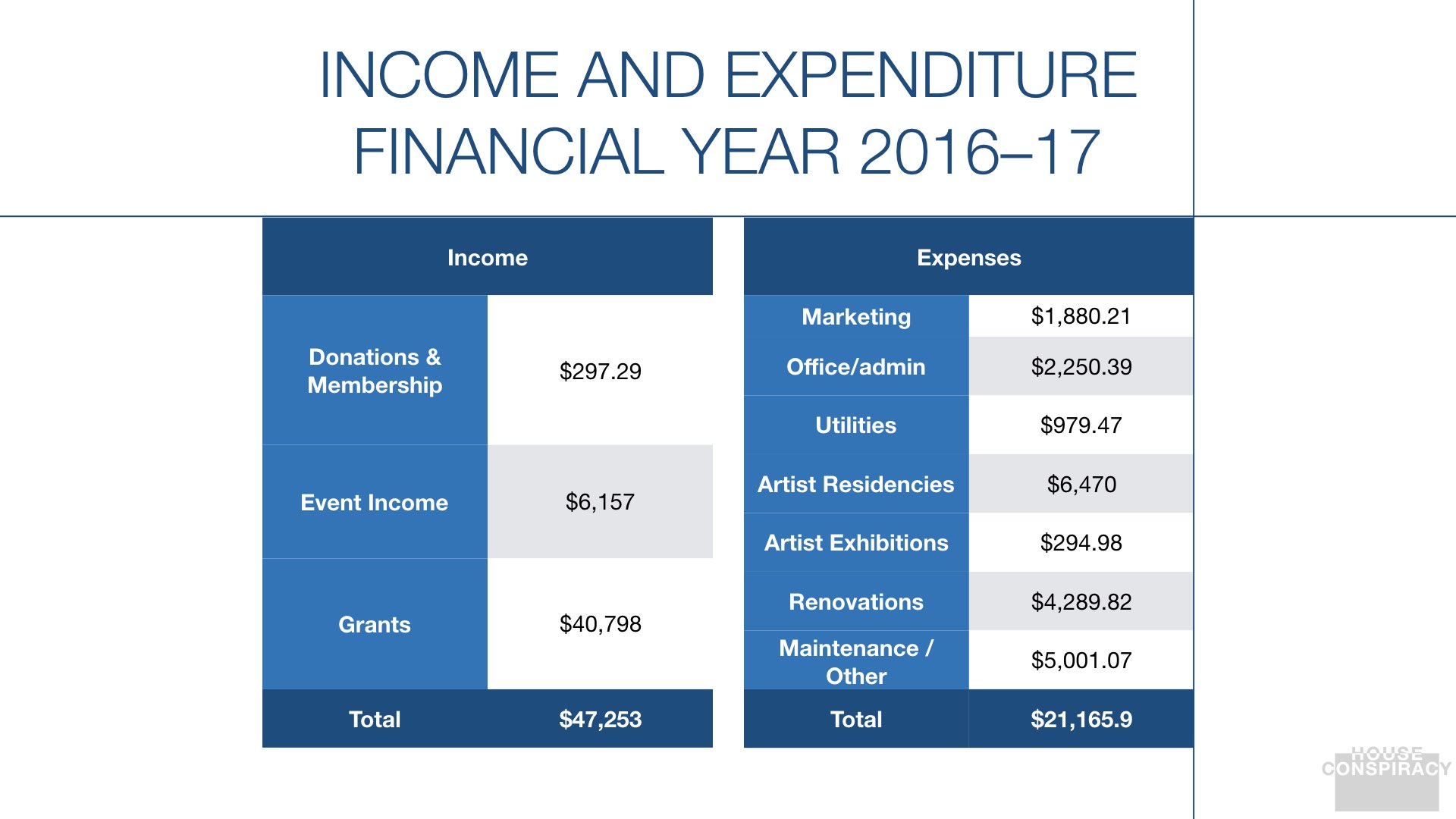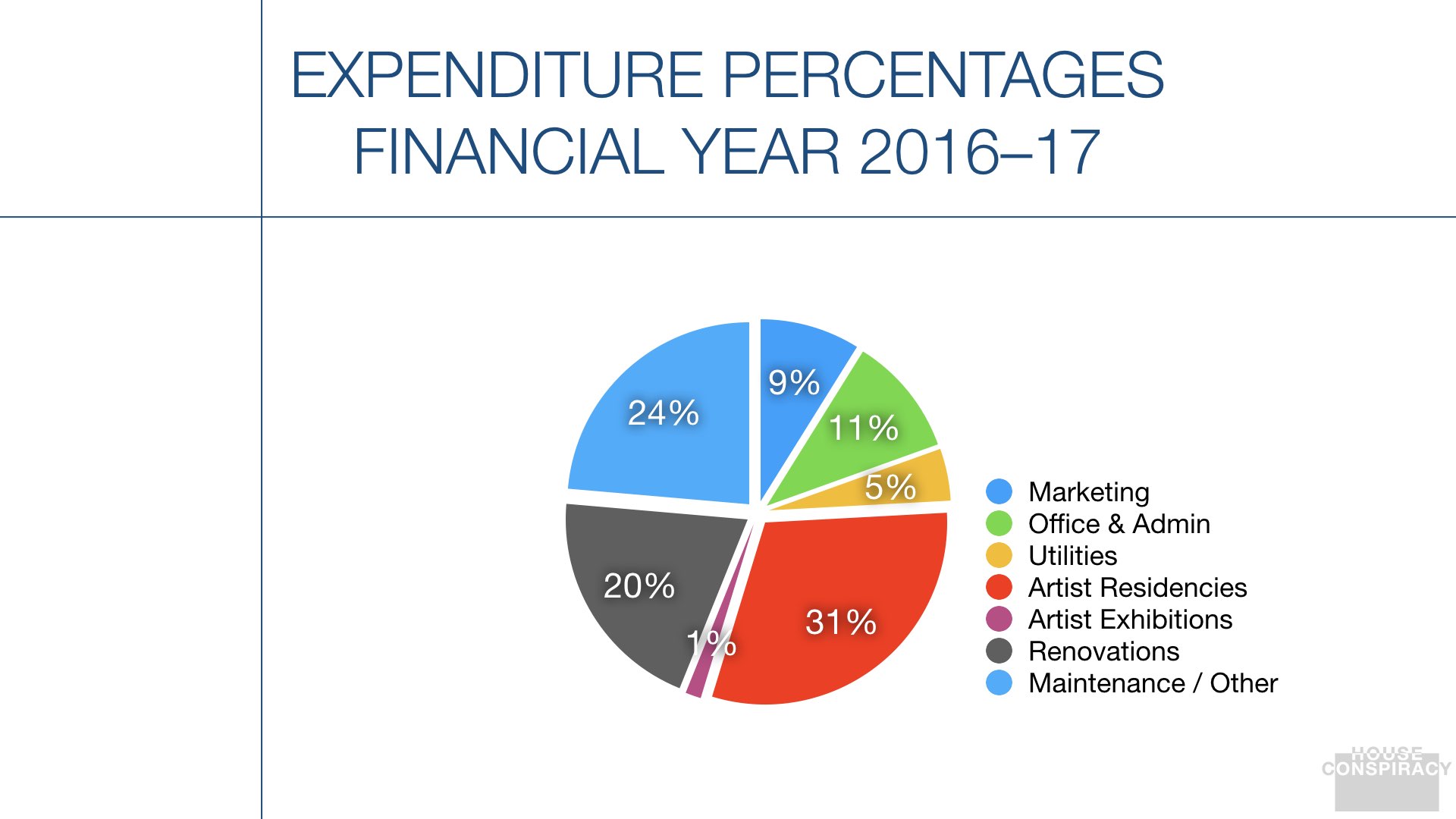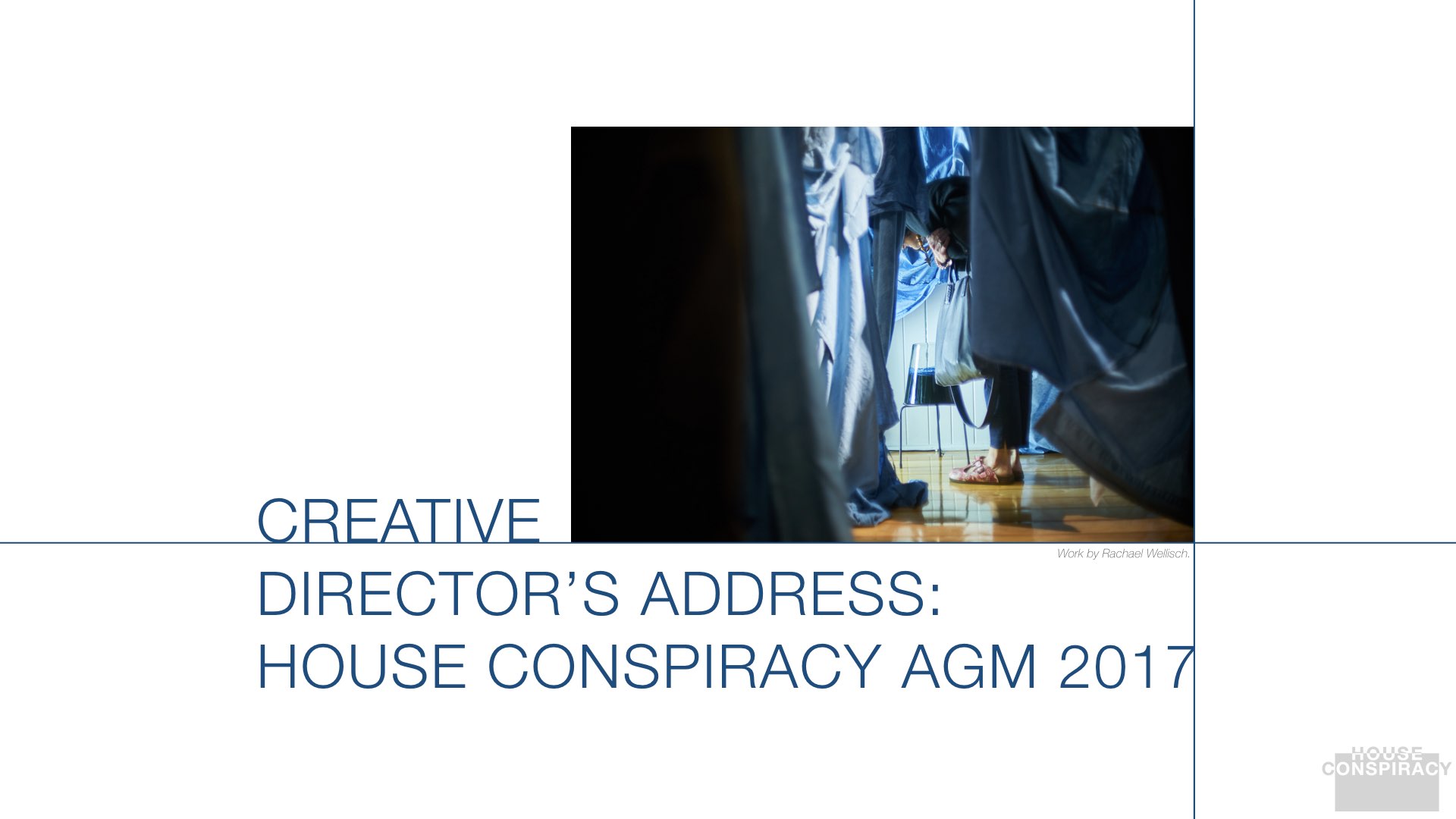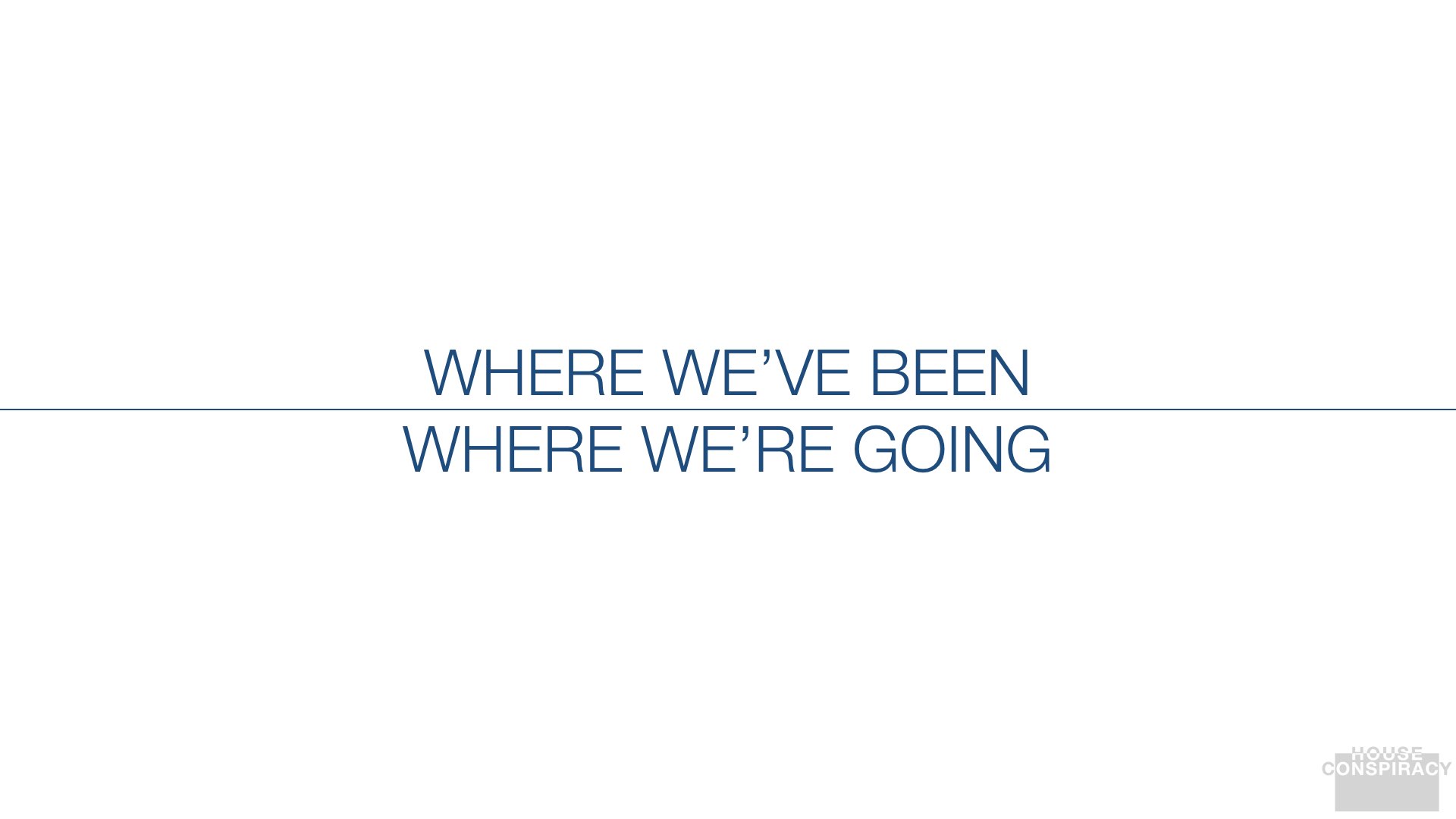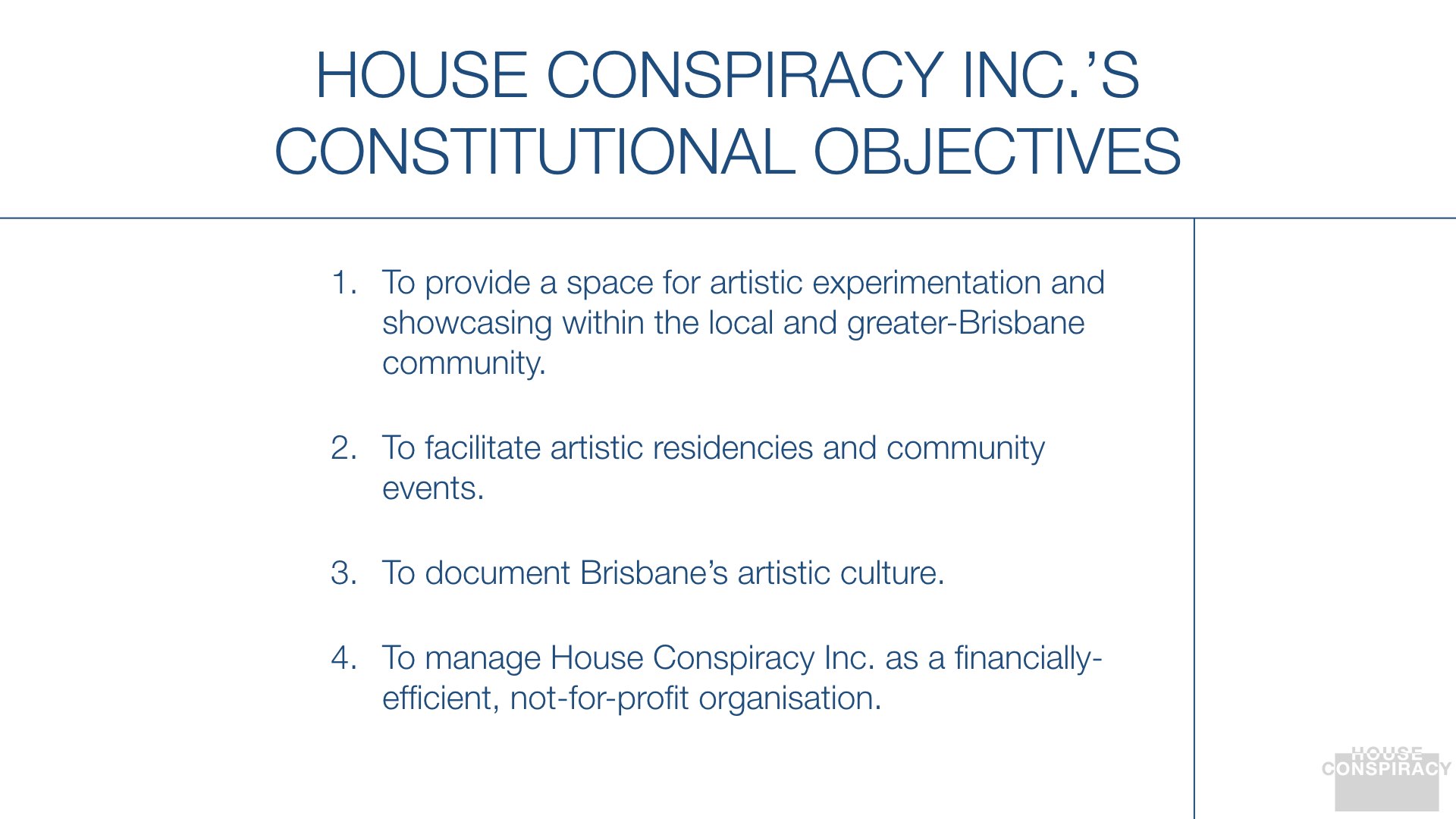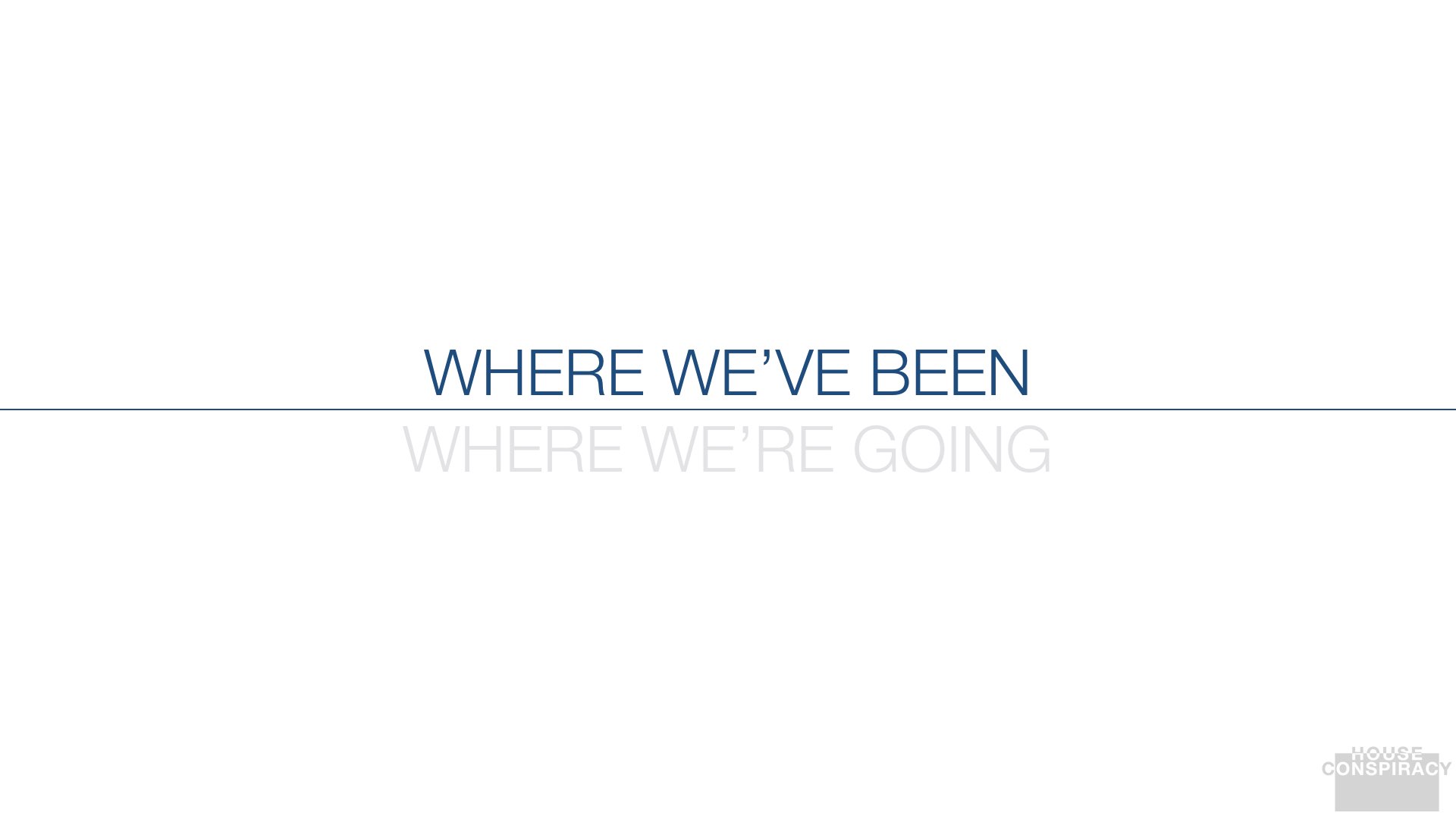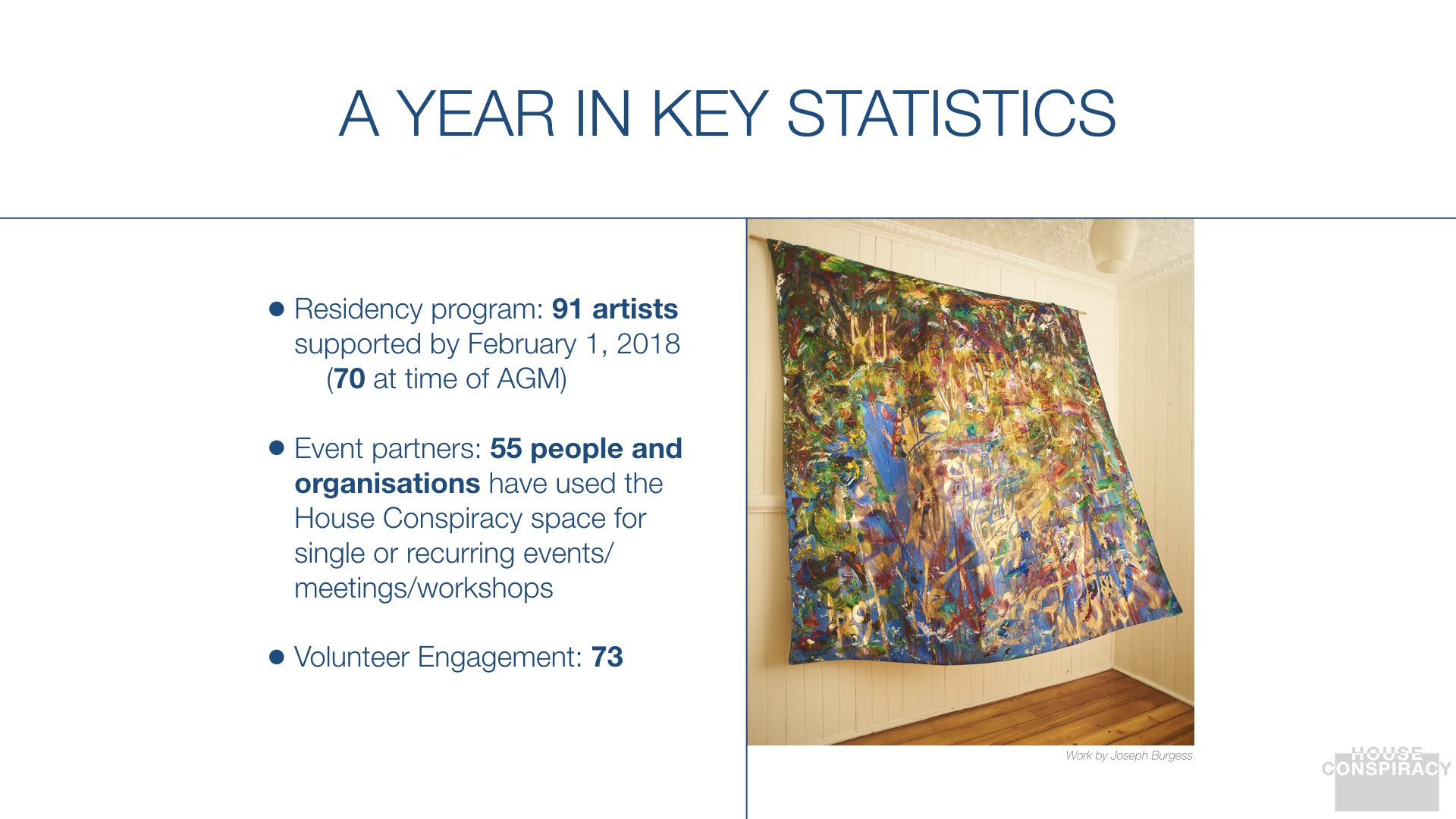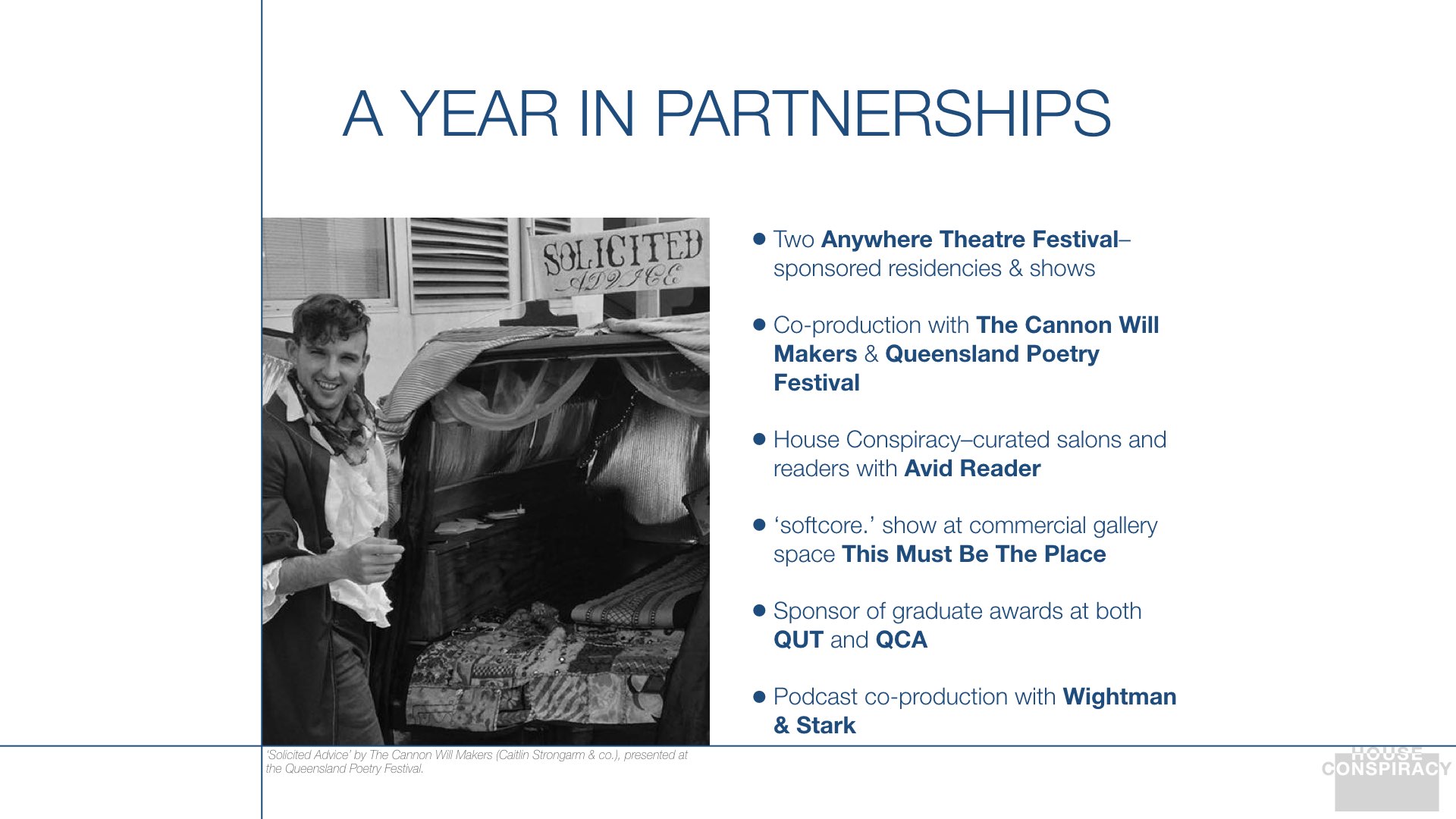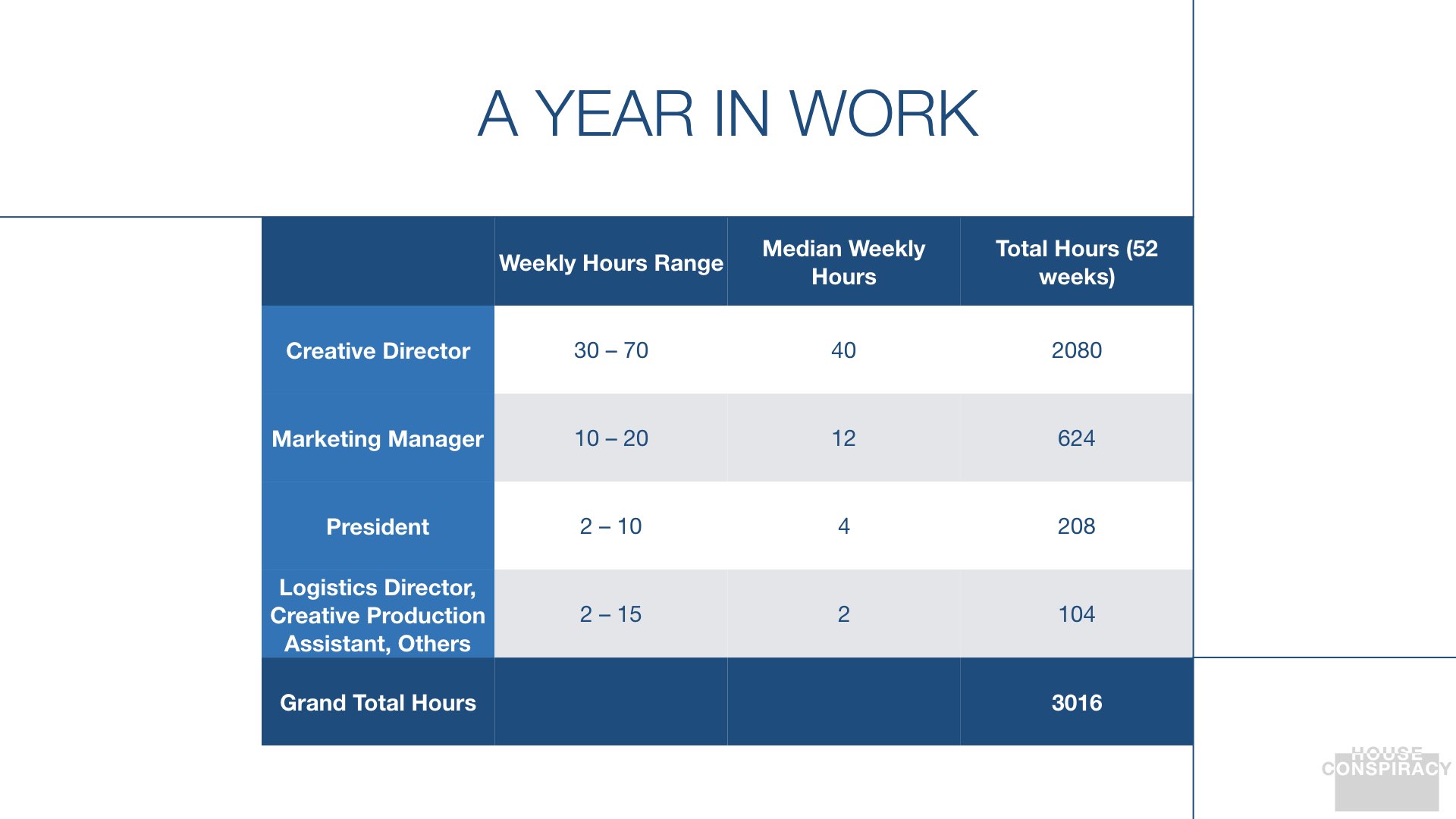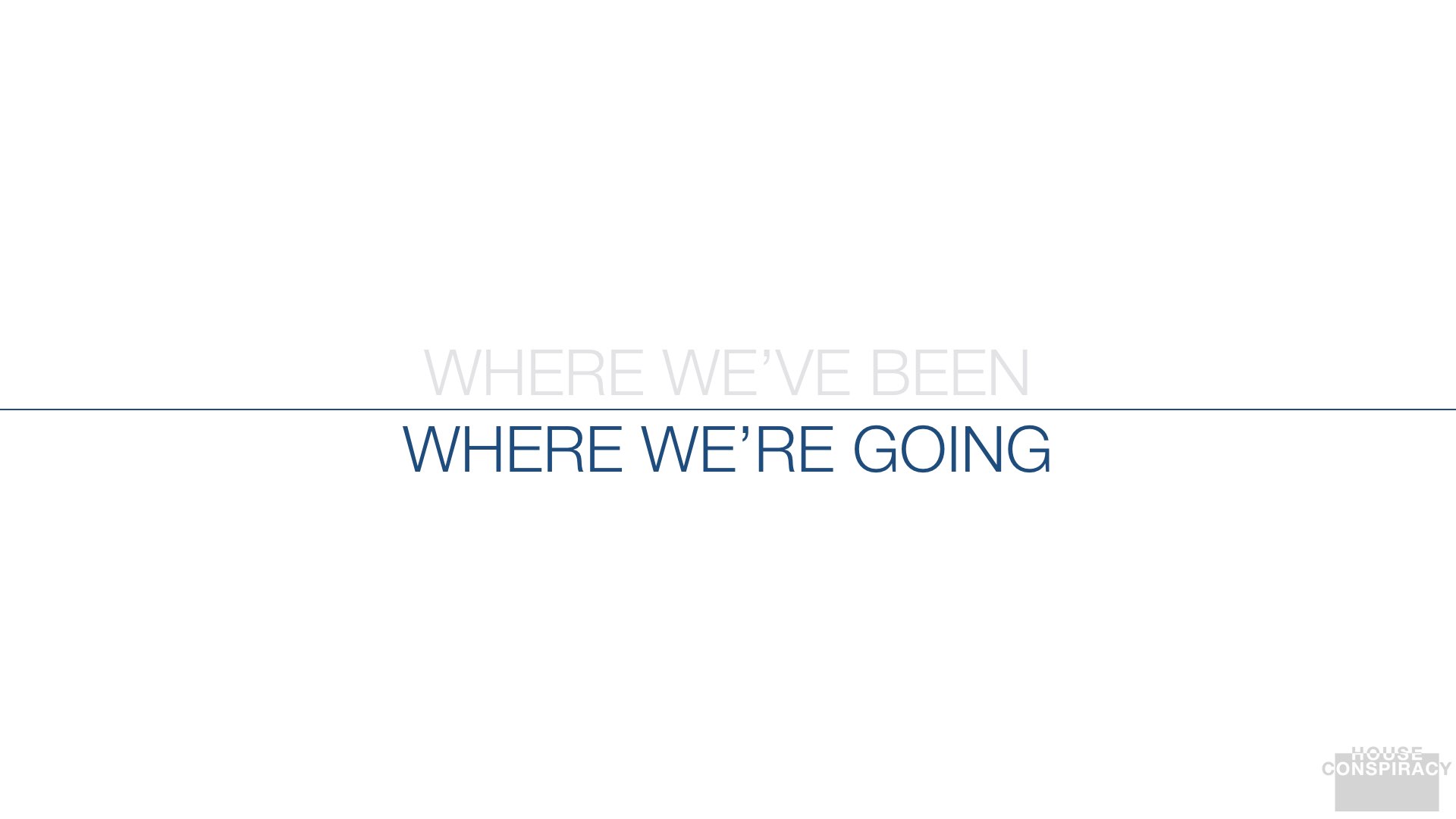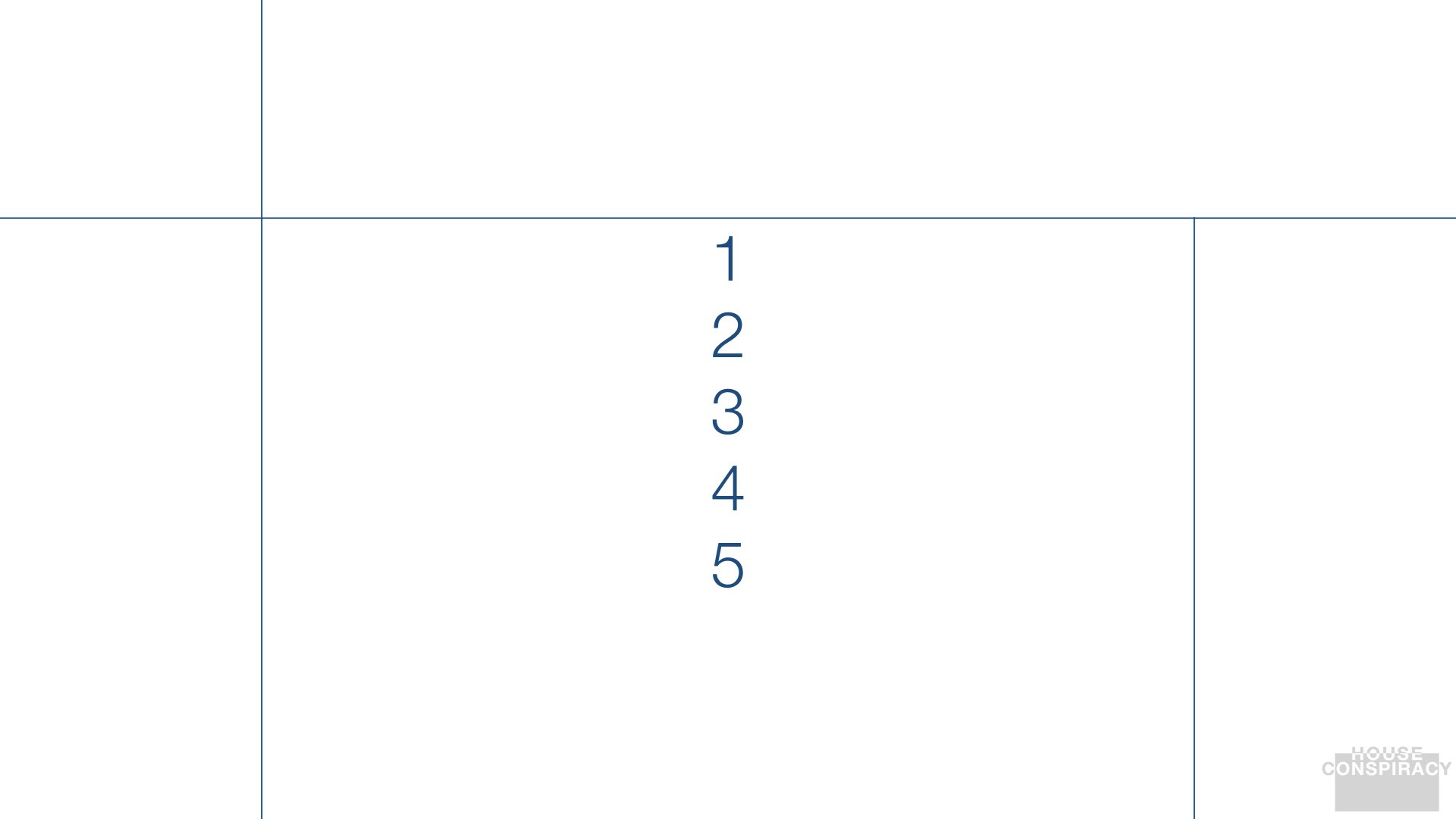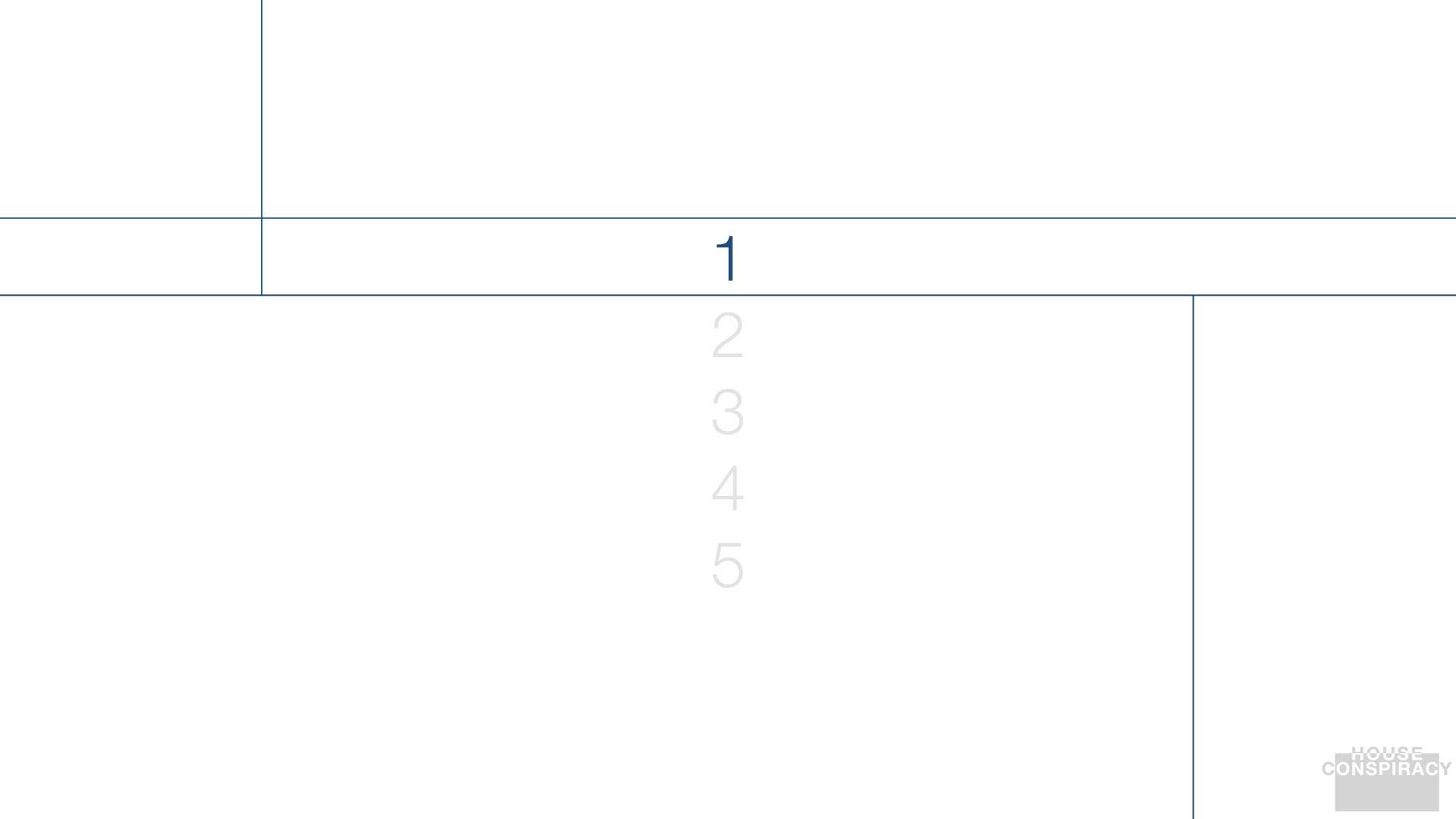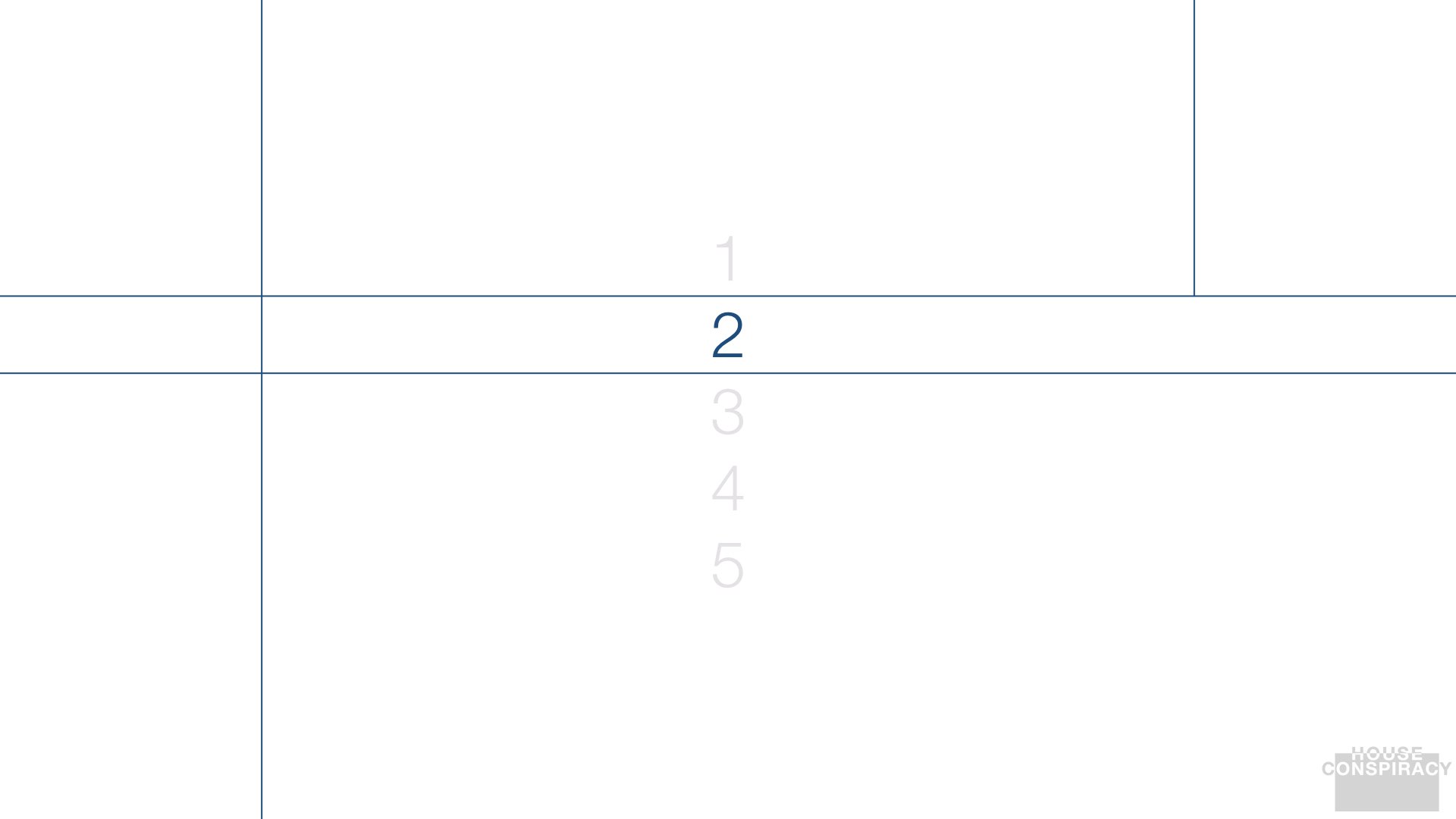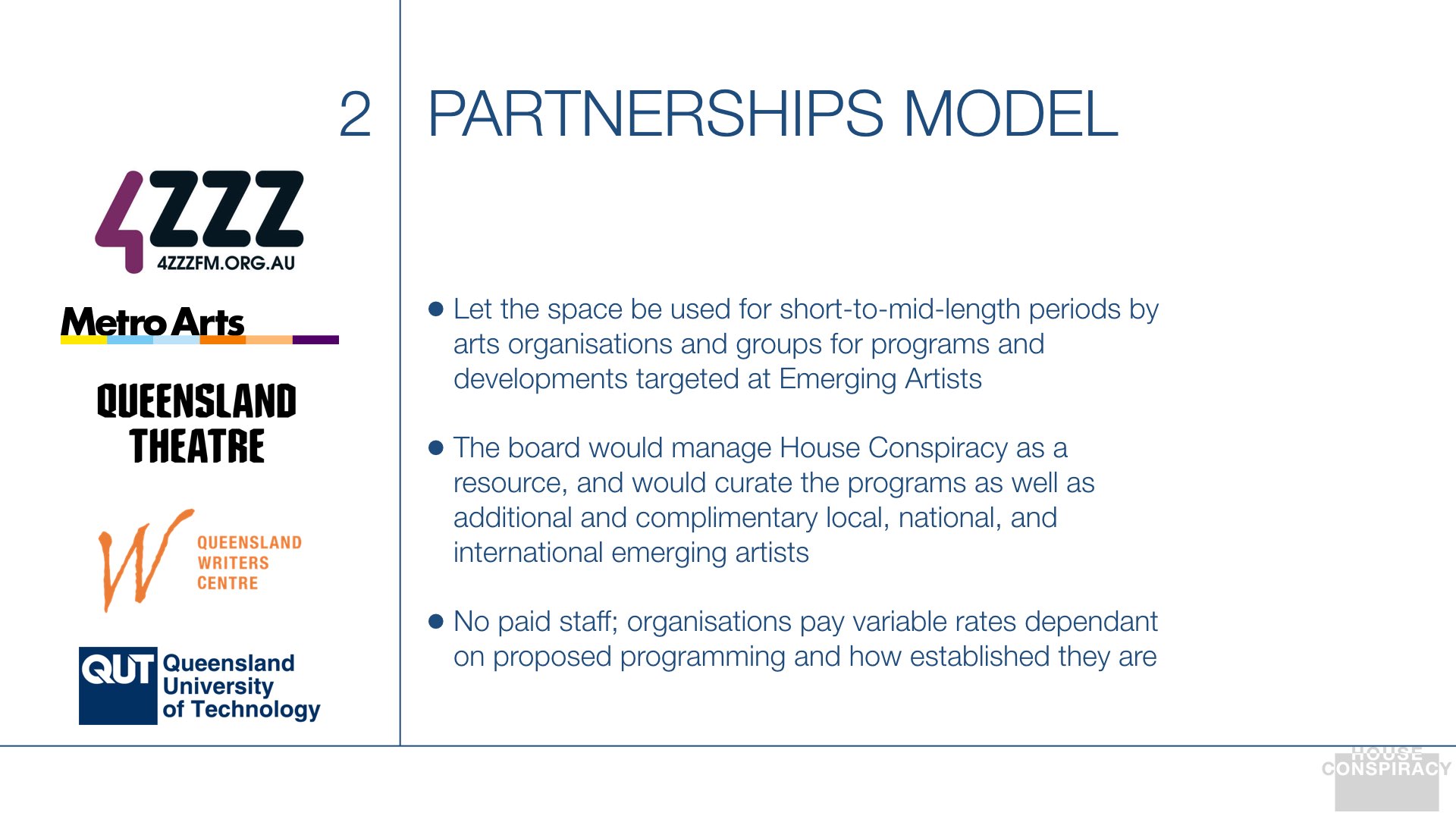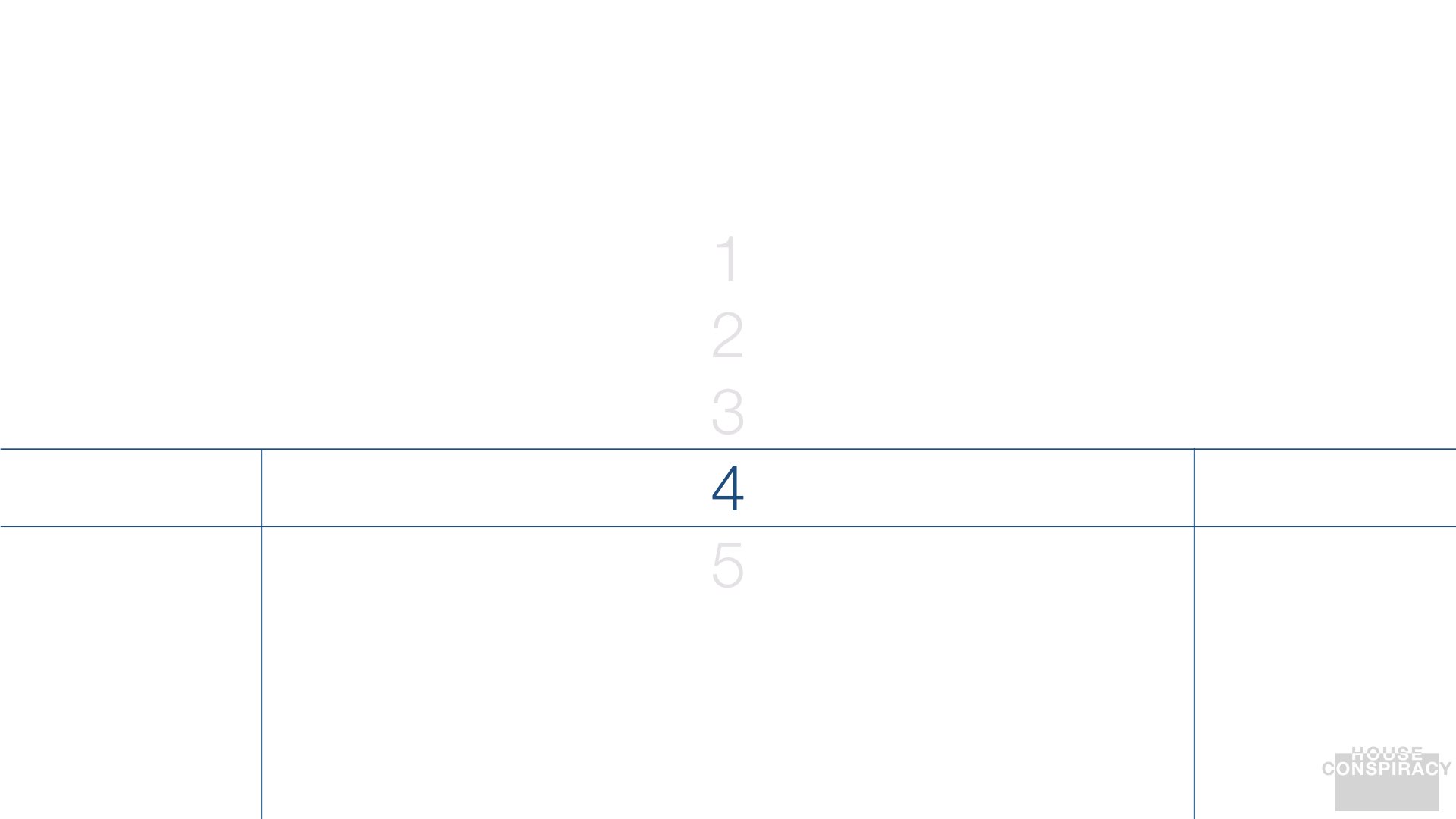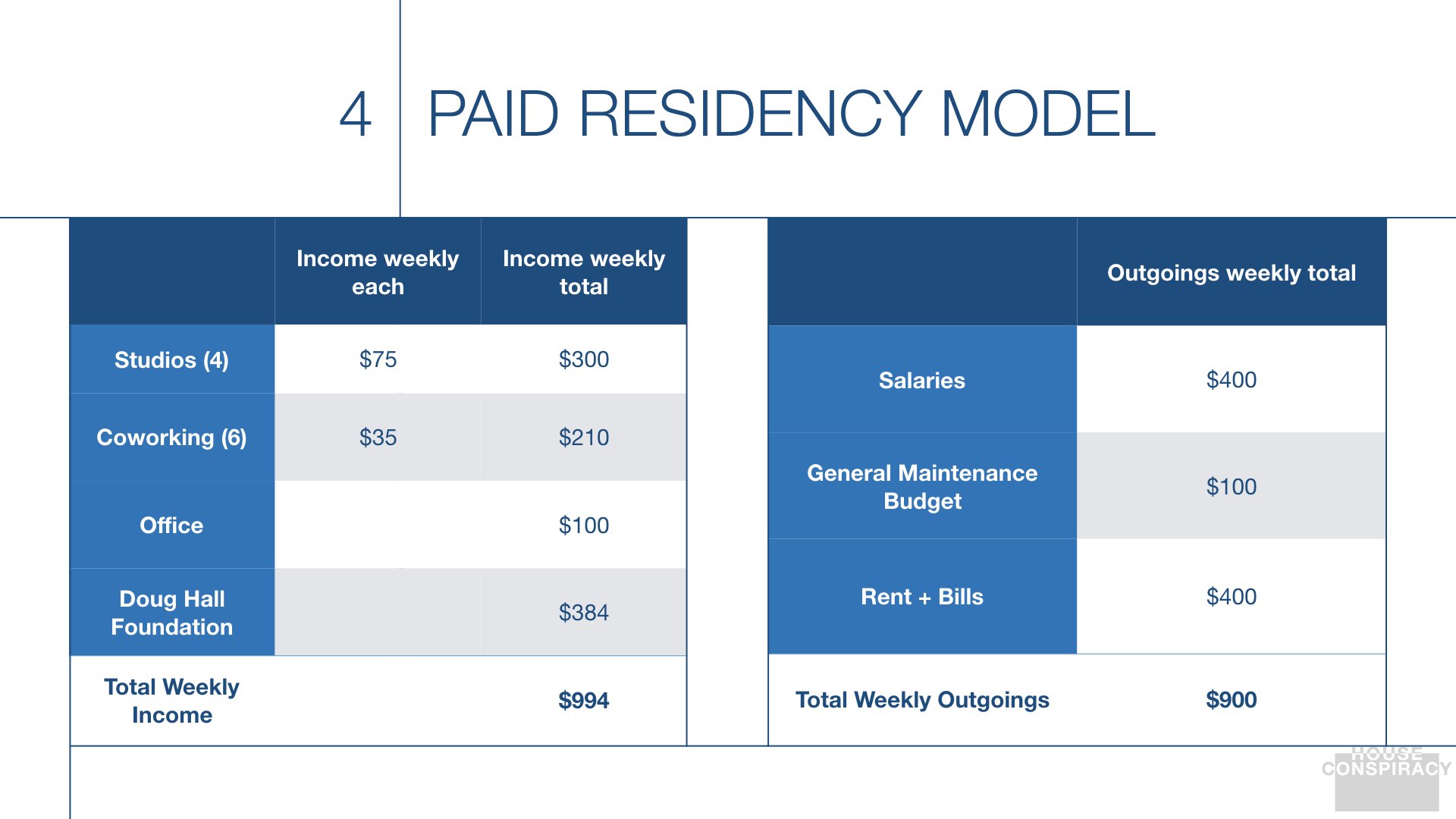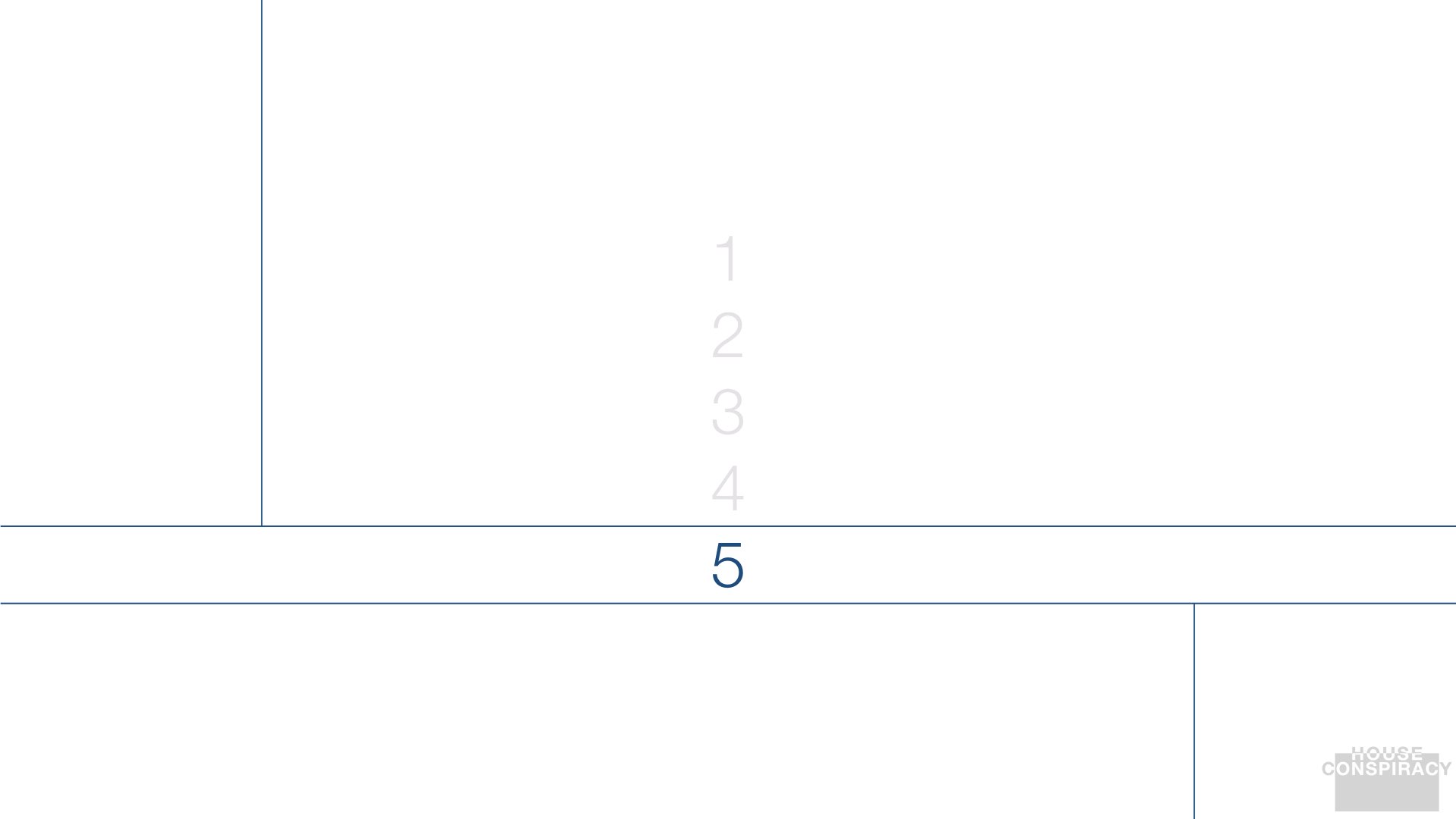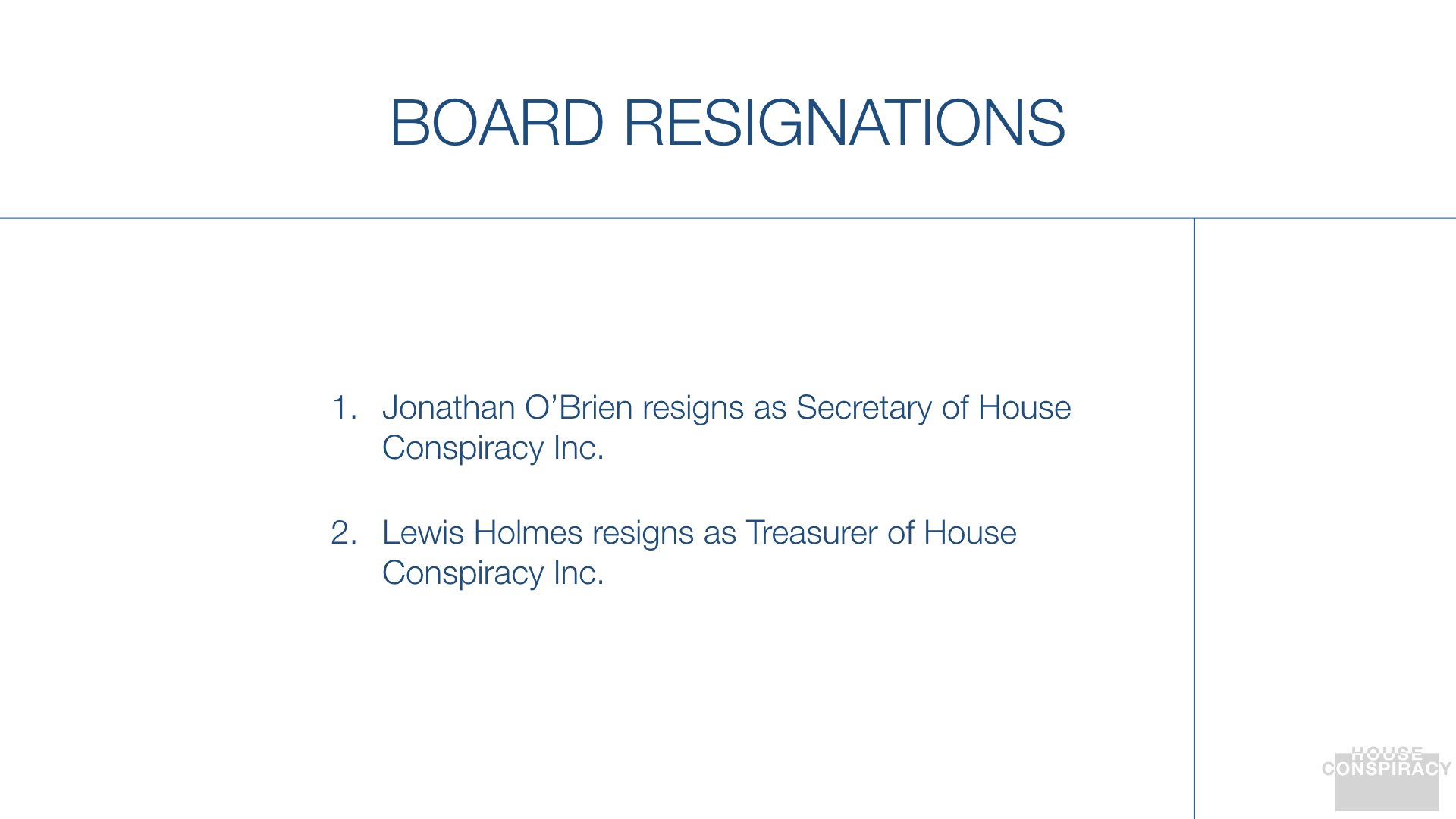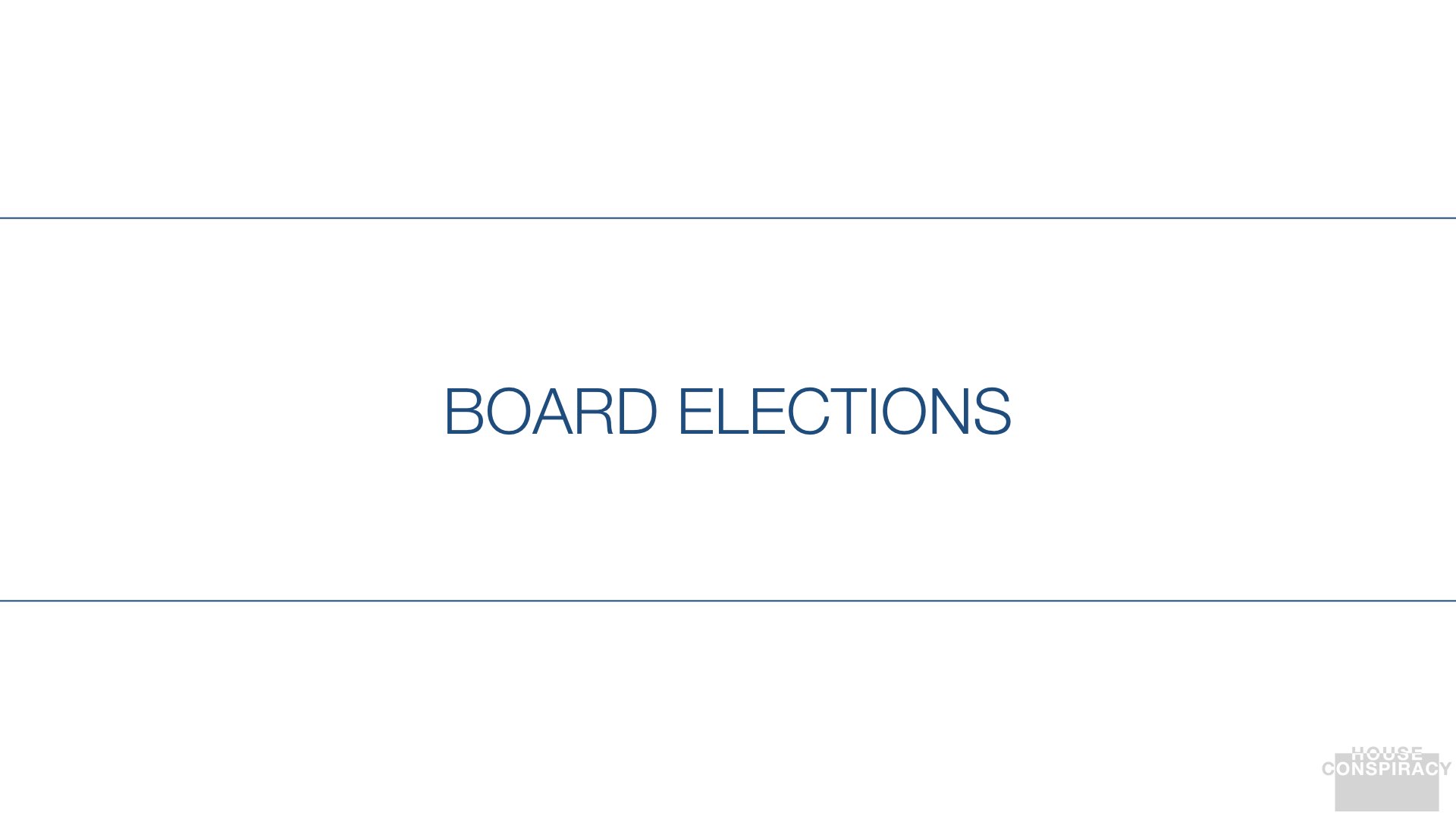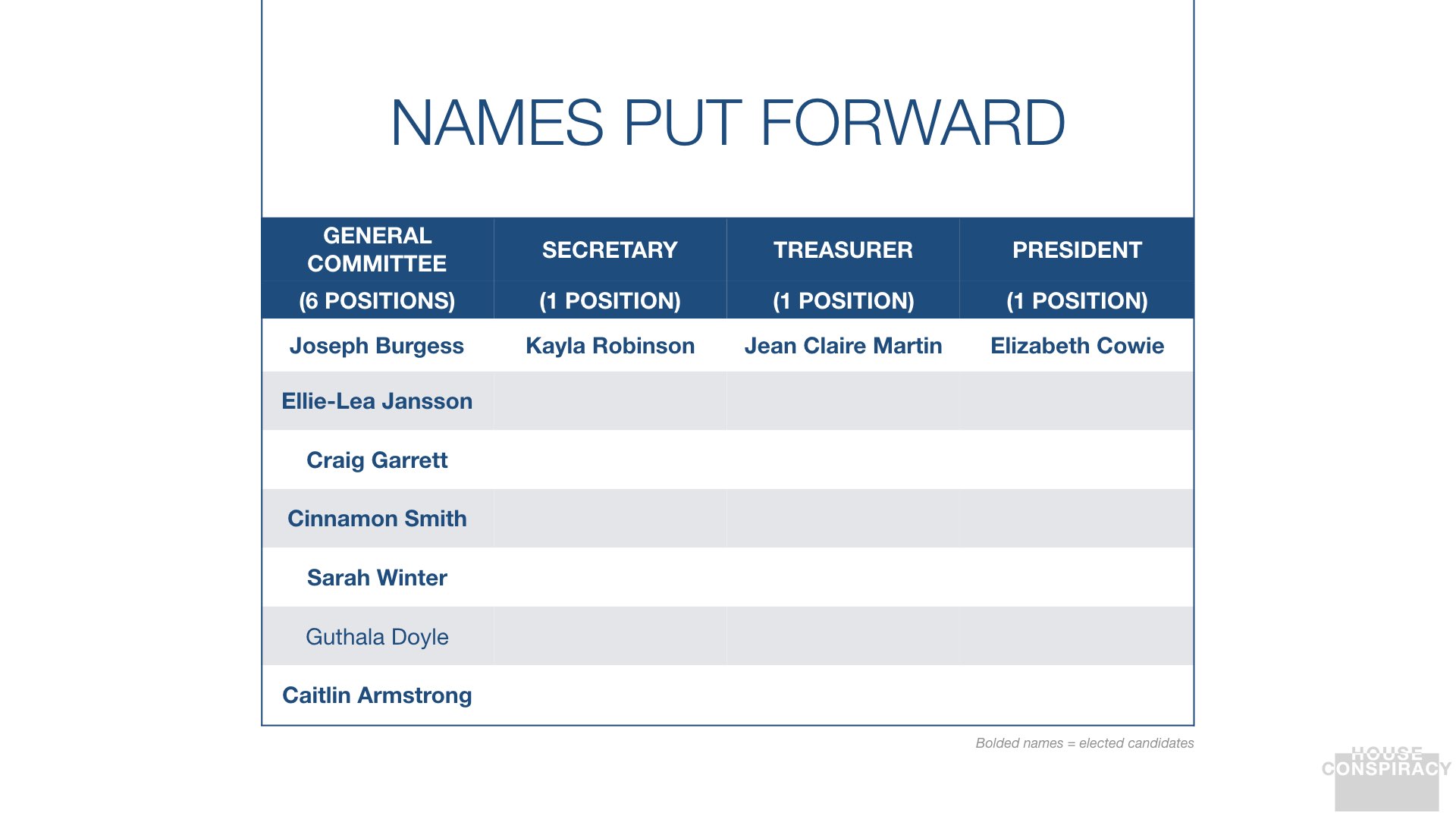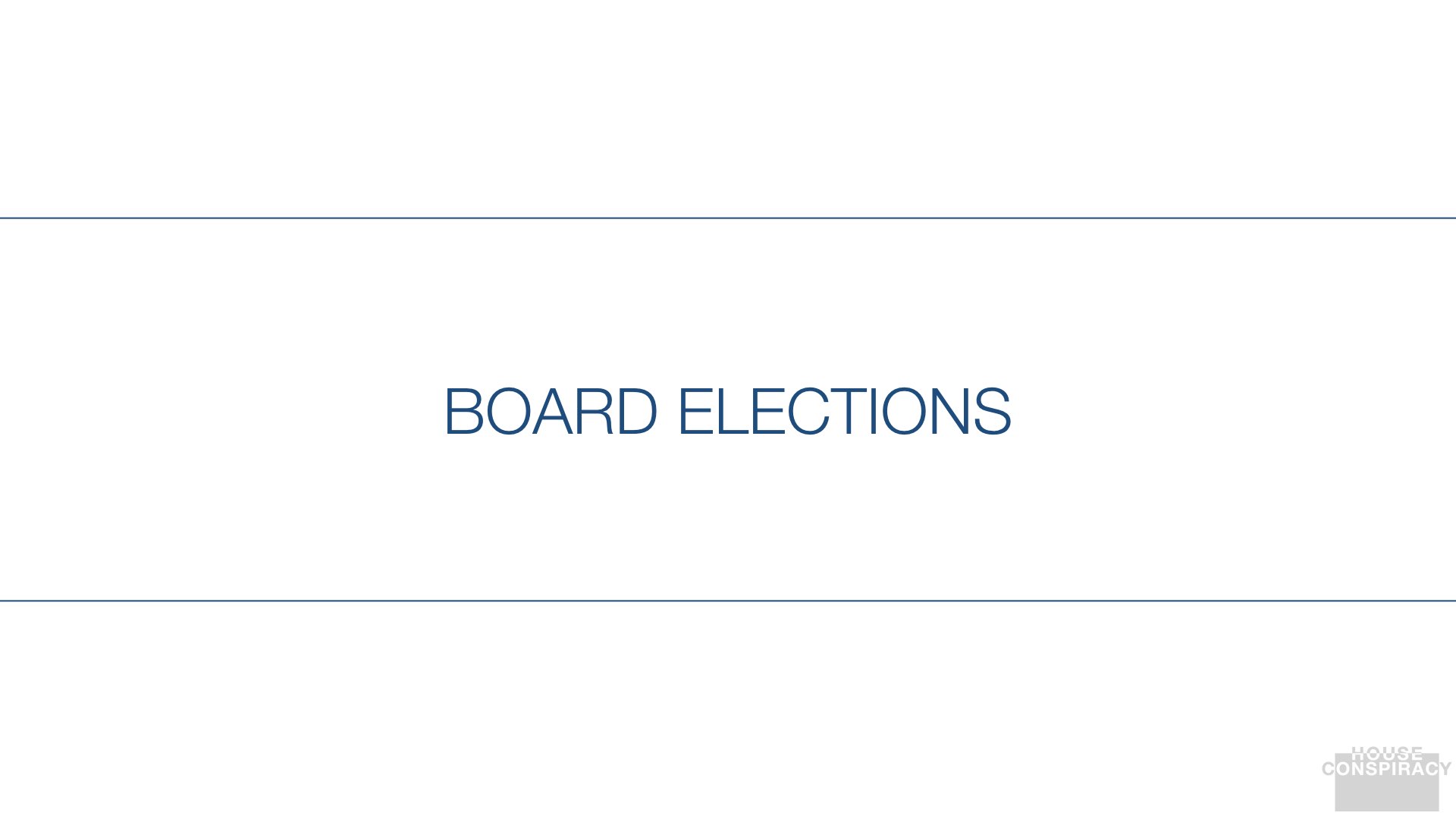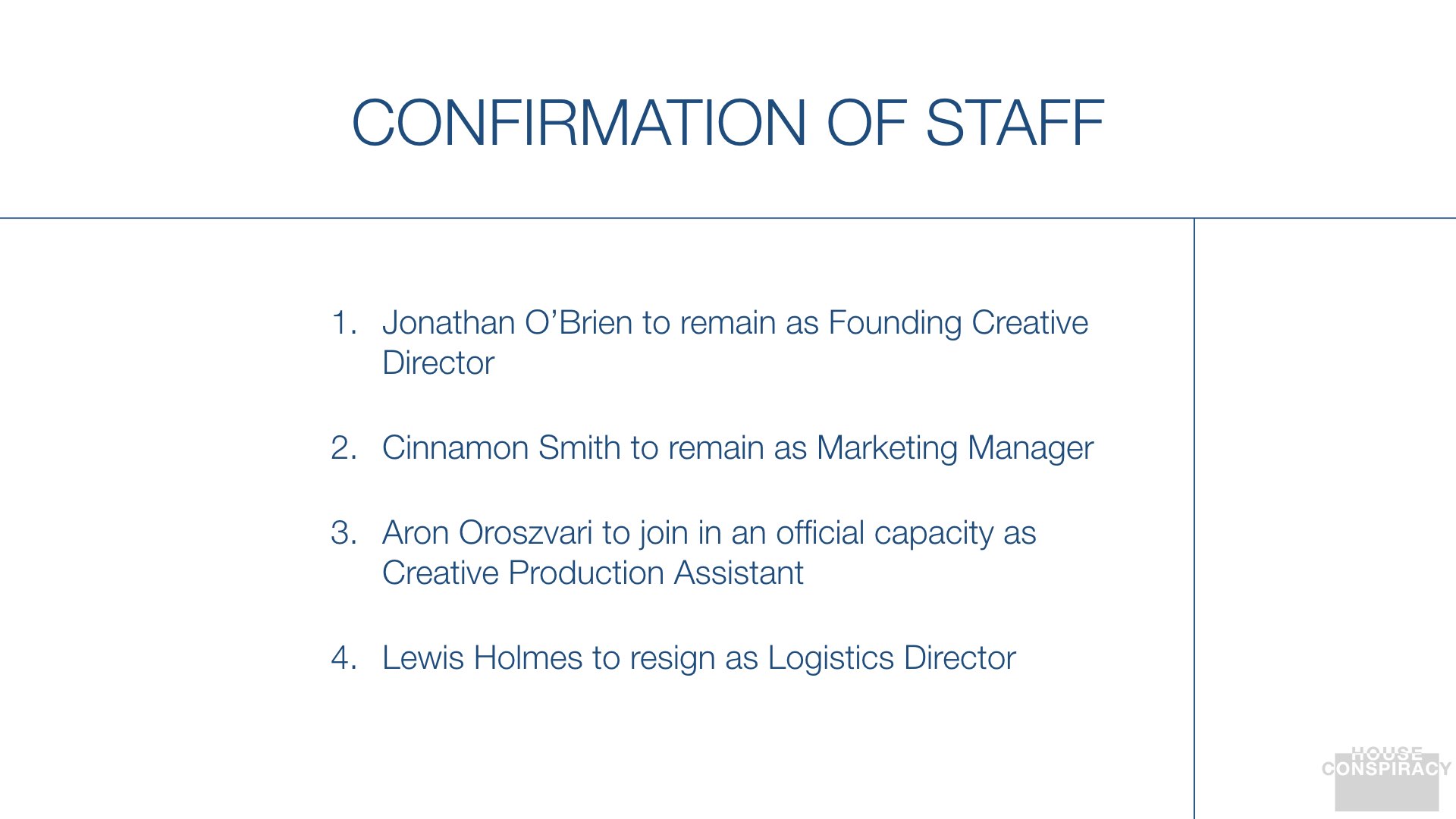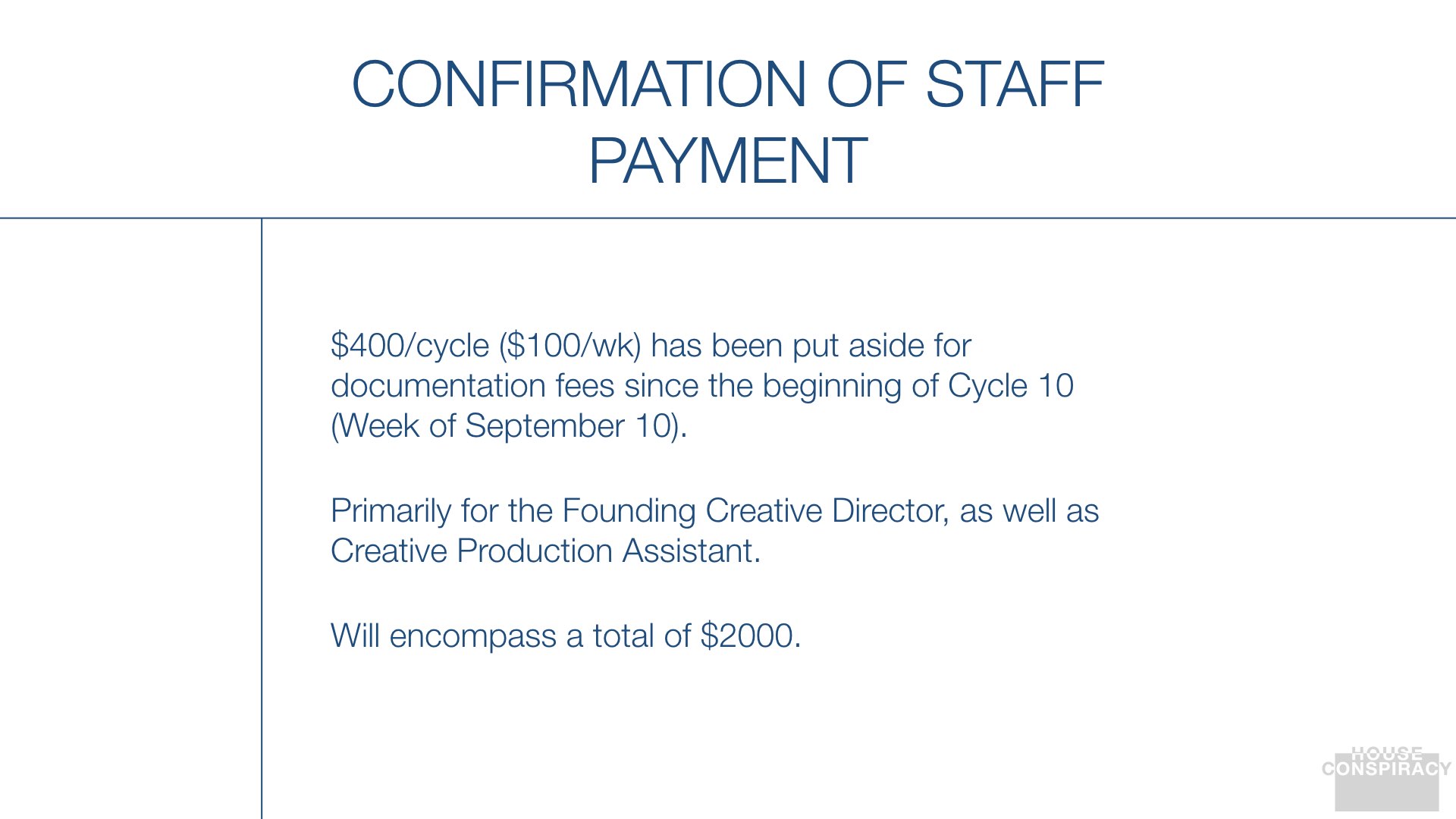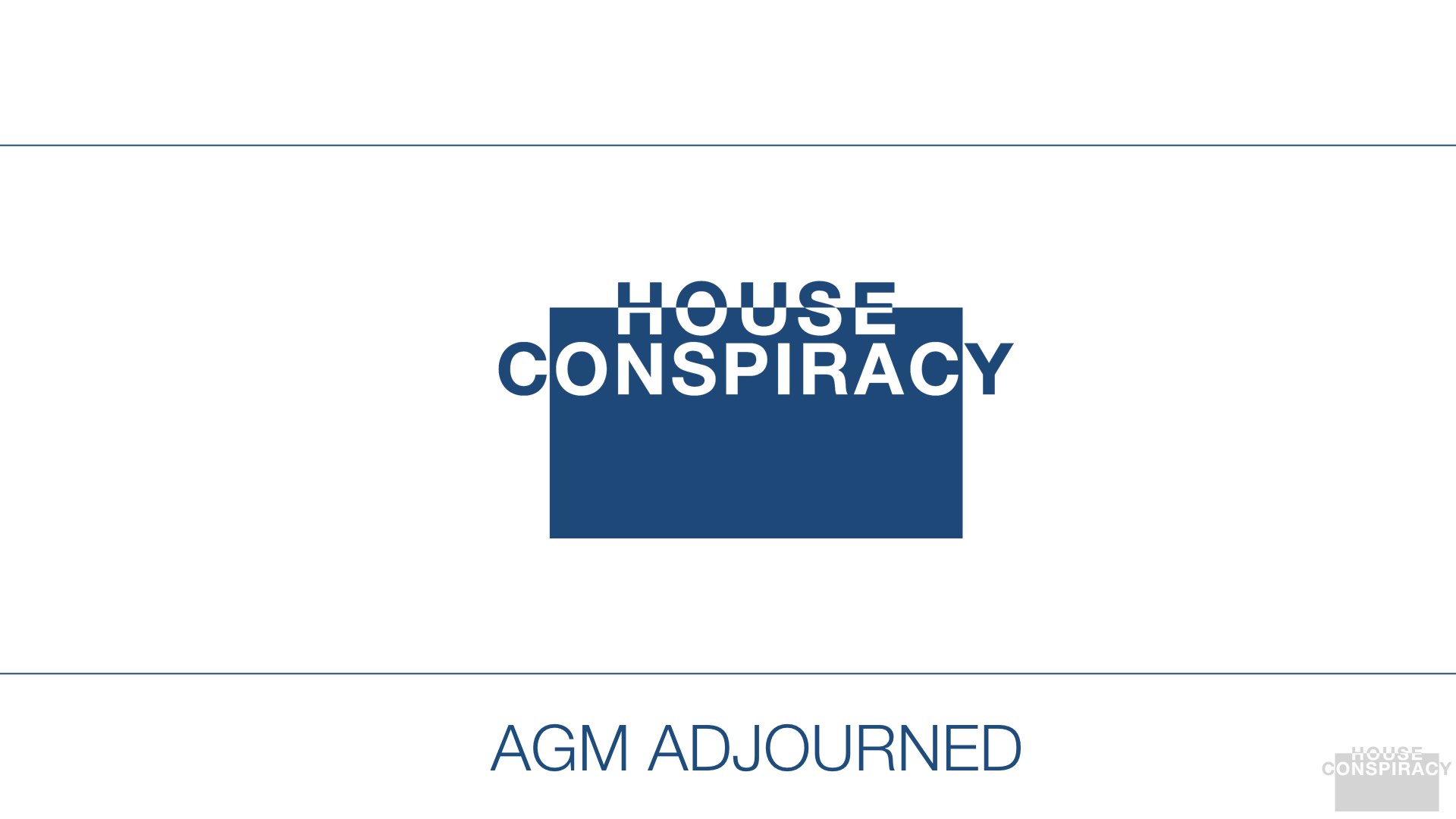HOUSE CONSPIRACY: Now, your idea of domestic objects, that came directly from the fact that you’re working in an actual house, yeah?
GWAN TUNG DOROTHY LAU: I think so. Previously I did a project where I put pink materials and textures onto different vessels like cups and plates with bows, to convey the ideas of home and displacement all at once. So this project here is like an extension of that, but very much exists in response to the House.
HC: You deal with domesticity and identity in a lot of your works. Why do those two things sort of overlap for you?
GTDL: When I was first figuring out my practice I worked on a whole lot of different ideas, and I tried to almost avoid putting too much of my personal experience in, because I felt like being a Hong Kong–Australian was already a very big part of my identity here, and so I didn’t want to connect it to my work as well.
But slowly as I’ve been making stuff I’ve worked out I’m drawn to it. And it’s not my only identity or defining identity, but I feel like it’s very intense as a set of emotions and experiences. And stuff happens that reminds me of these sorts of issues on a regular basis. I feel like my daily life is sort of connected to these sort of issues. So it ended up appearing in my art more and more. And it became a big part of my practice.
HC: So what elements of your day-to-day life remind you of the elements of identity you’re dealing with in your work?
GTDL: Even, like, taking an Uber. I guess out of maybe five Uber drivers four of them ask me where I’m from—it’s that sort of question that is meant to be kind and conversational, but ends up a little too personal in a sense. And any conversation with a new friend or a stranger always leads in the direction of my cultural identity.
I guess I feel like whenever I’m introducing myself or meeting new people, the first thing they want to know about is my heritage, instead of, like, the other aspects of my life.
HC: So you mention these conversations often contain questions that are maybe too personal. What’s the line there for you? When does something become too personal?
GTDL: I guess it’s when someone asks a question that might be not too personal, but then they connect with a stereotype and it becomes sort of weird—like, no one has asked me this before, but my sister, someone asked her once if she eats dogs—so it’s just like, ‘What do you eat?’ is not one of the most personal things to ask, but then when you ask someone, ‘Oh, do you eat dog?’ because of, like, their race, then it’s personal. It’s the context more than the question.
HC: Right, it becomes personal through the connection to a stereotype.
GTDL: It’s almost like I have to defend myself a little bit. It’s like they’re accusing me of something but they’re not. So it’s a general question but then it becomes personal.
HC: Your work almost battles the sort of displacement you’re talking about. Do you find that’s a battle that you’re winning? How’s the progression been, or are you still in the same sort of place you were when you started?
GTDL: It’s not like a curve where it goes up or down. It’s a constant sort of shift. I was so confused when I first got here. That was the highest point of confusion and displacement. And then it got better. And then it got worse again. Once you know what’s happening in a place and you know how you are different, then you actually feel a stronger sense of displacement. So I sometimes feel more like I belong and sometimes less. A similar thing applies when I am back in Hong Kong as well. I still feel very much like I belong in Hong Kong. But people have changed, things have changed, people think I’ve changed. So this sort of displacement doesn’t just apply to me being in Brisbane, but in a greater sense—like where do I call home, I guess, because anywhere could be home but nowhere is fully. Like, Brisbane could be 70% and Hong Kong could be 80%, but where can I feel 100% home?
HC: When is the time—it’s a big question—when is the time when you’ve felt the strongest sense of belonging?
GTDL: I guess when I first moved to Brisbane—which is weird, because it was a new place. But I think growing up in a bigger city like Hong Kong made me feel more comfortable with noise and with people walking like fast, and moving to Brisbane had this sudden feeling of familiarity even though it wasn’t at all familiar. I feel like Brisbane is sort of in between Hong Kong and Townsville in terms of lifestyle. And I feel like that makes it a good place for me to be. And when I first got here that was the feeling: this is a good place to live. And then when I got into QUT and my mind was taken toward art, and all those things, I had a chance to pour through all these emotions. You know, first year university was the first time I felt belonged. Which is weird, because I feel like that’s a time of confusion for uni students.
HC: Yeah, did you still have that sense of confusion on a student-level, but on a personal-level felt gratified? Was there a multiplicity of reactions there?
GTDL: I guess my mind was more occupied. Everything was happening so fast, and my life was taking the next step, and I didn’t know anyone but I started making friends and I got a weird sense that I’d sort of found my place even though I still felt that Hong Kong was my place and that Townsville was my place—but when I moved to Brisbane, I had a weird sense like I’d found a place that would be home for a while.
HC: And so tell me about the sort of ‘home’ you’re constructing through your work in Studio 01 right now.
GTDL: I want to arrange things like you would in your own house. I want the whole room to resemble a living space. Plates on the table, photos on the wall—but do that while also making clear it’s not an actual living space; it’s a paradox. I’ve photoshopped myself into my parents’ old photos. And I want to throw my identity into every element of the work so the room will sort of respond to how I think.
You know, sometimes I regret my life decisions. Like, moving here has been hard—but then I think about how it’s going well, and I’m doing okay. But that’s the whole battle in my head, is that I’m constantly thinking about life decisions and displacement and my life in Brisbane, and this room is going to connect all that using this notion of paradox. On my studio door I’ve written the key ideas I’m thinking about. They are: ‘Identities’, ‘Paradoxes’, ‘Regrets’, and ‘Time Travel’. They sound like they could be from a sci-fi, so I hope it doesn’t sound too weird. I hope it all makes sense.





